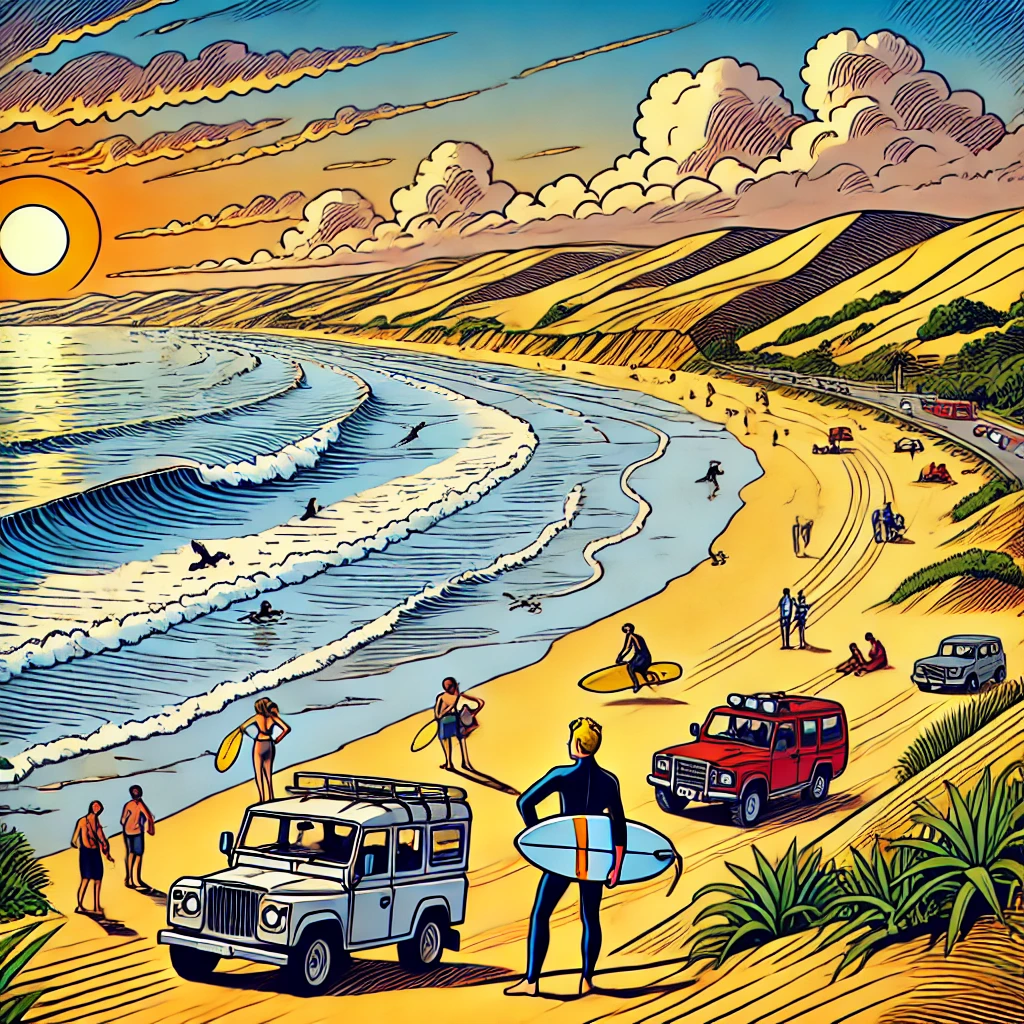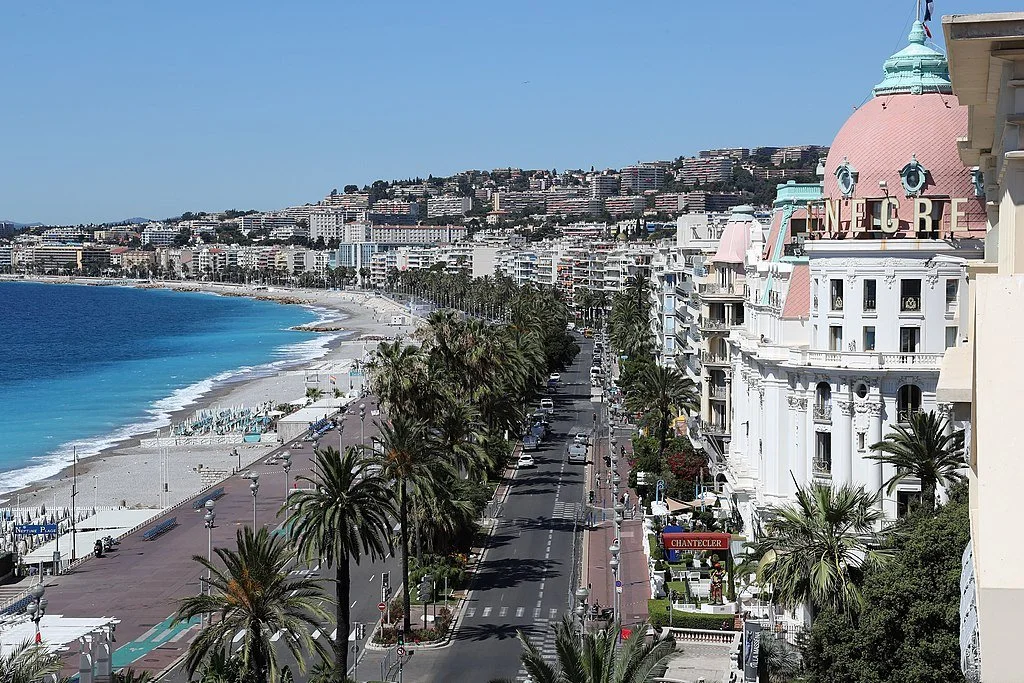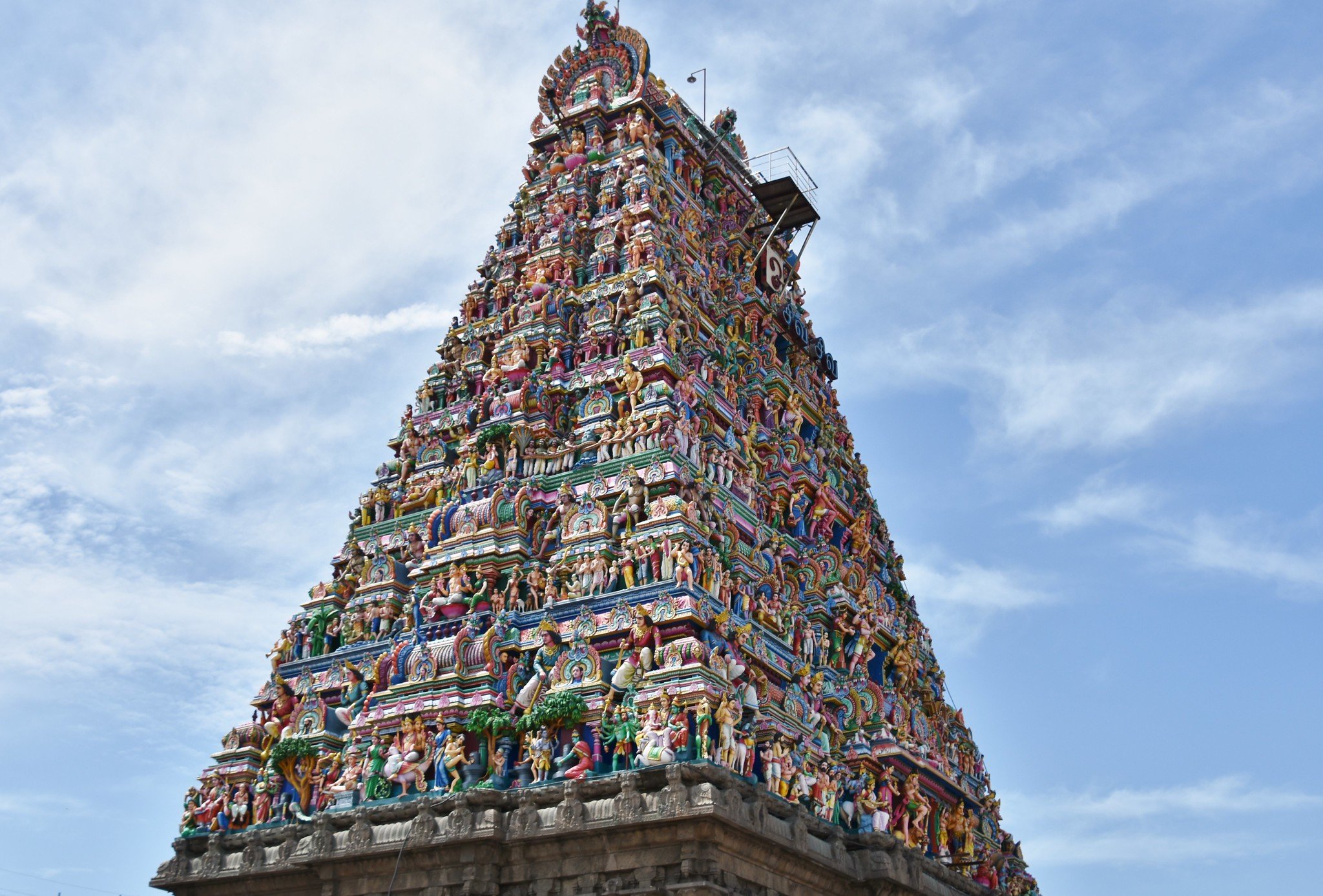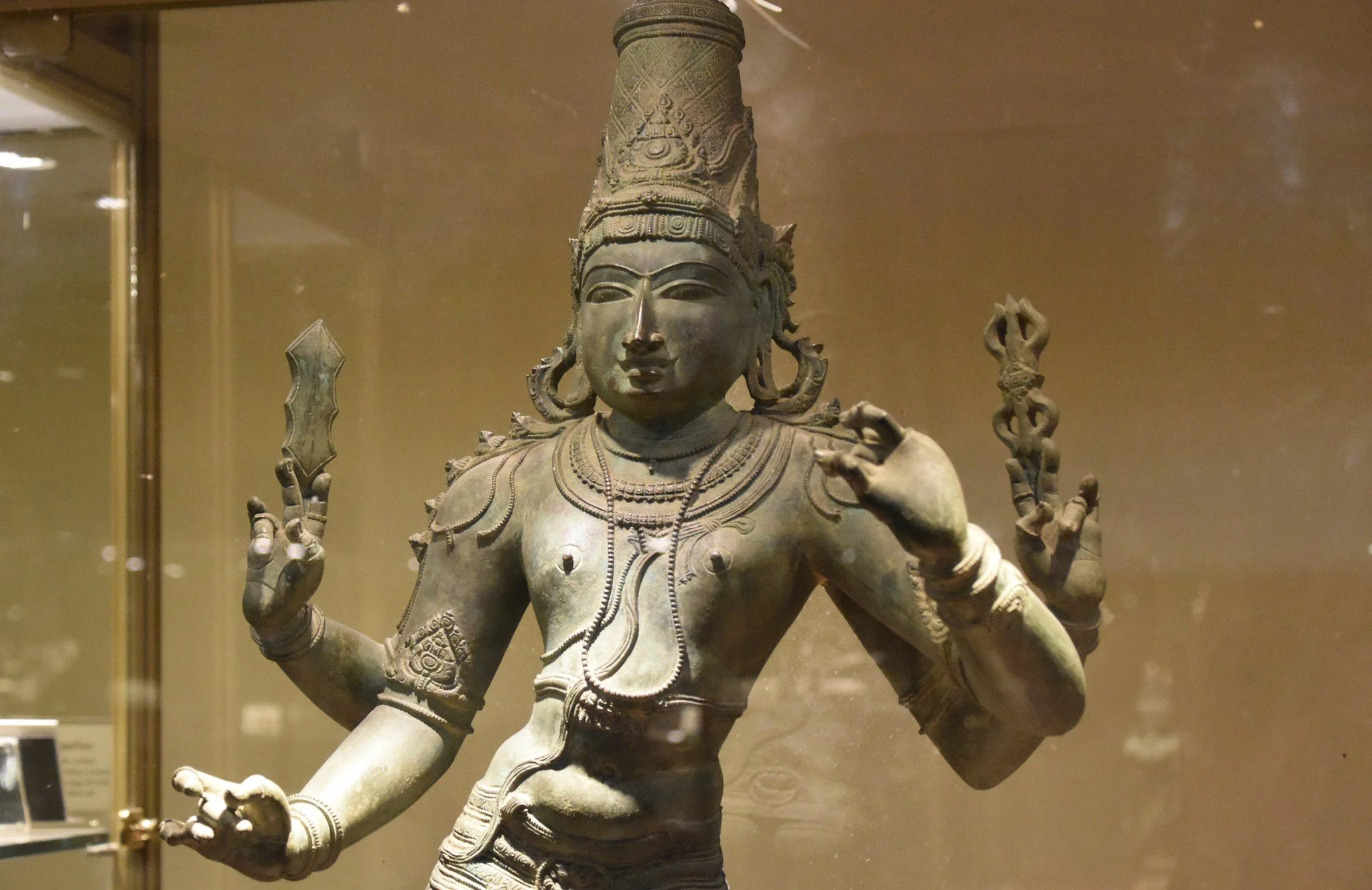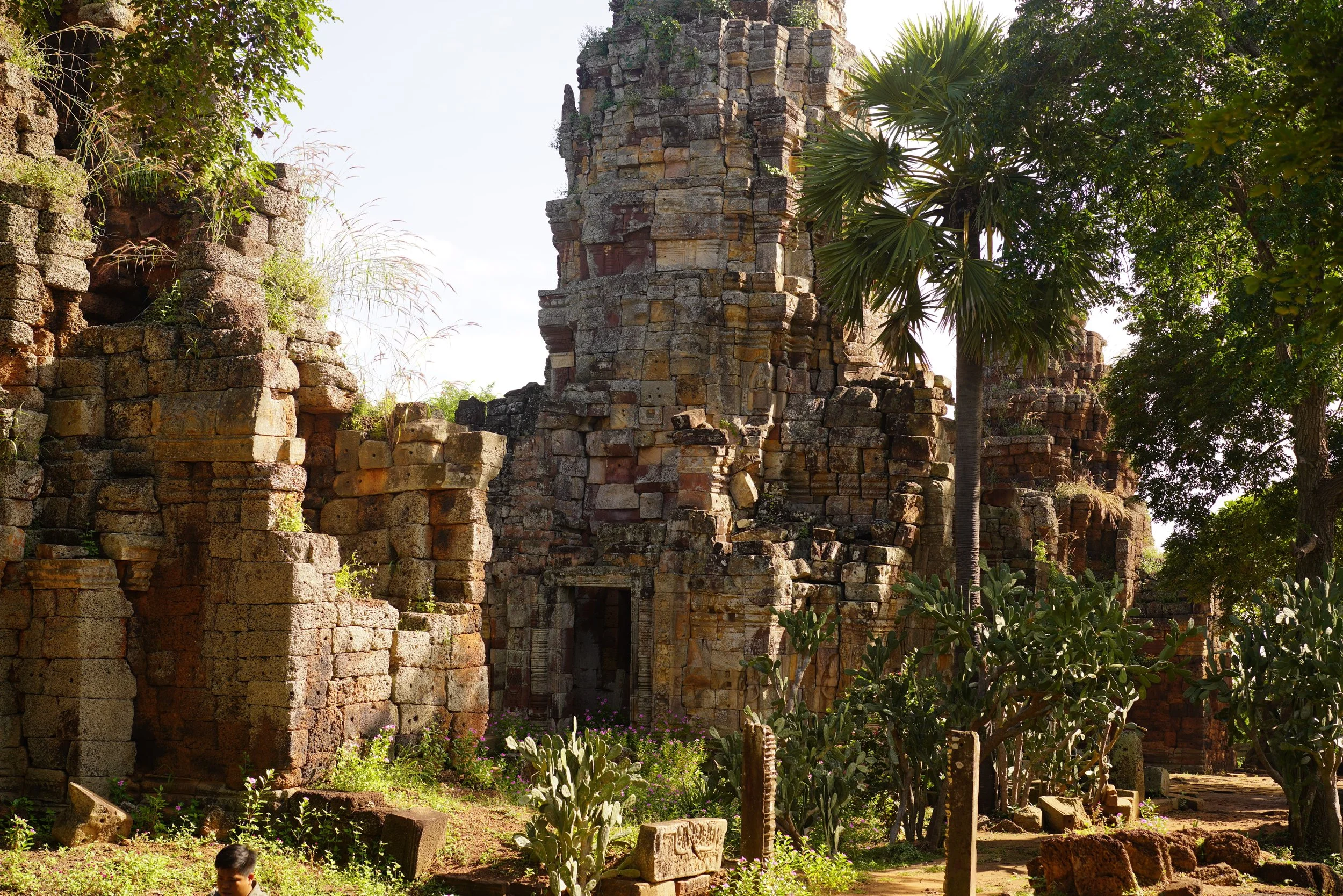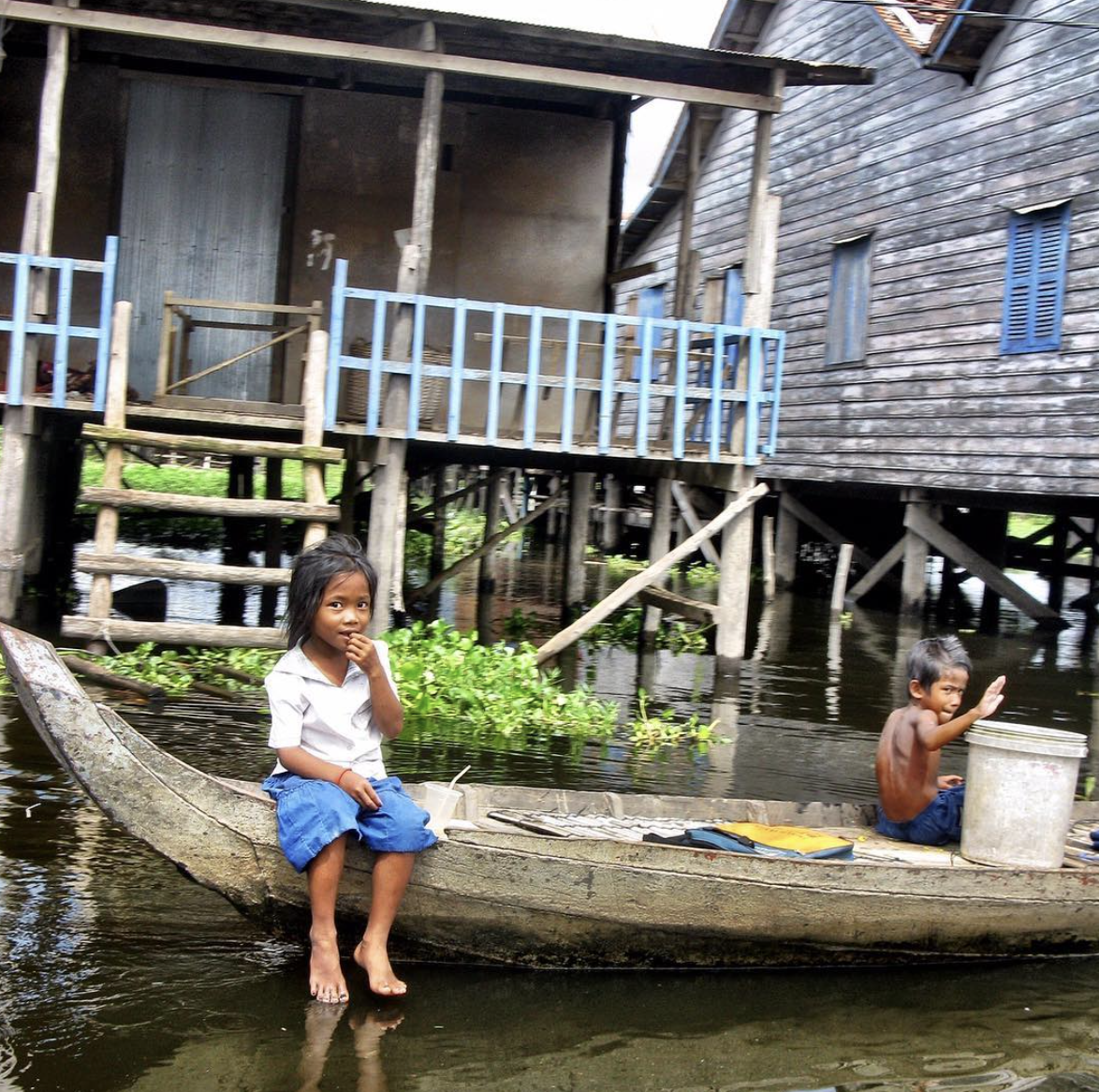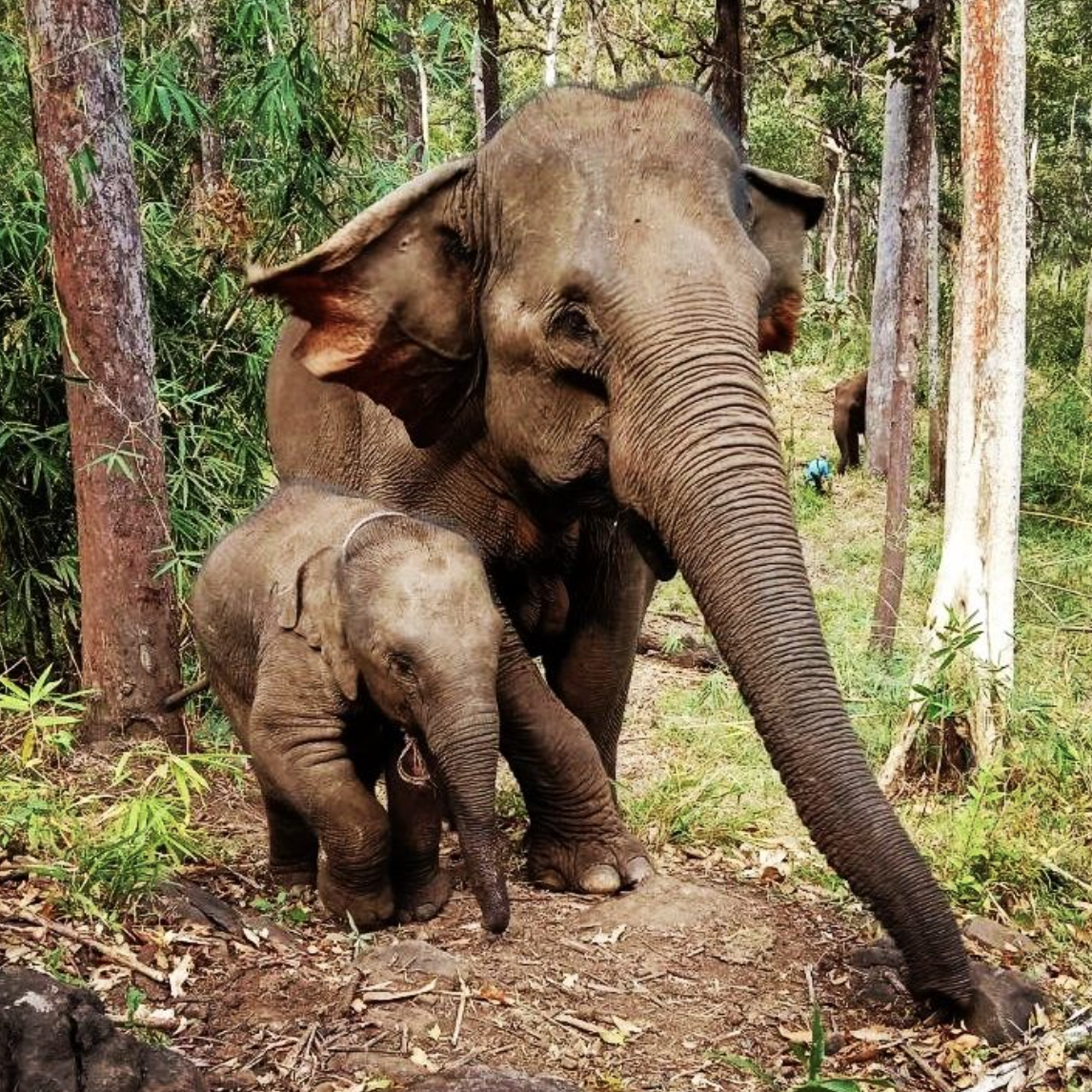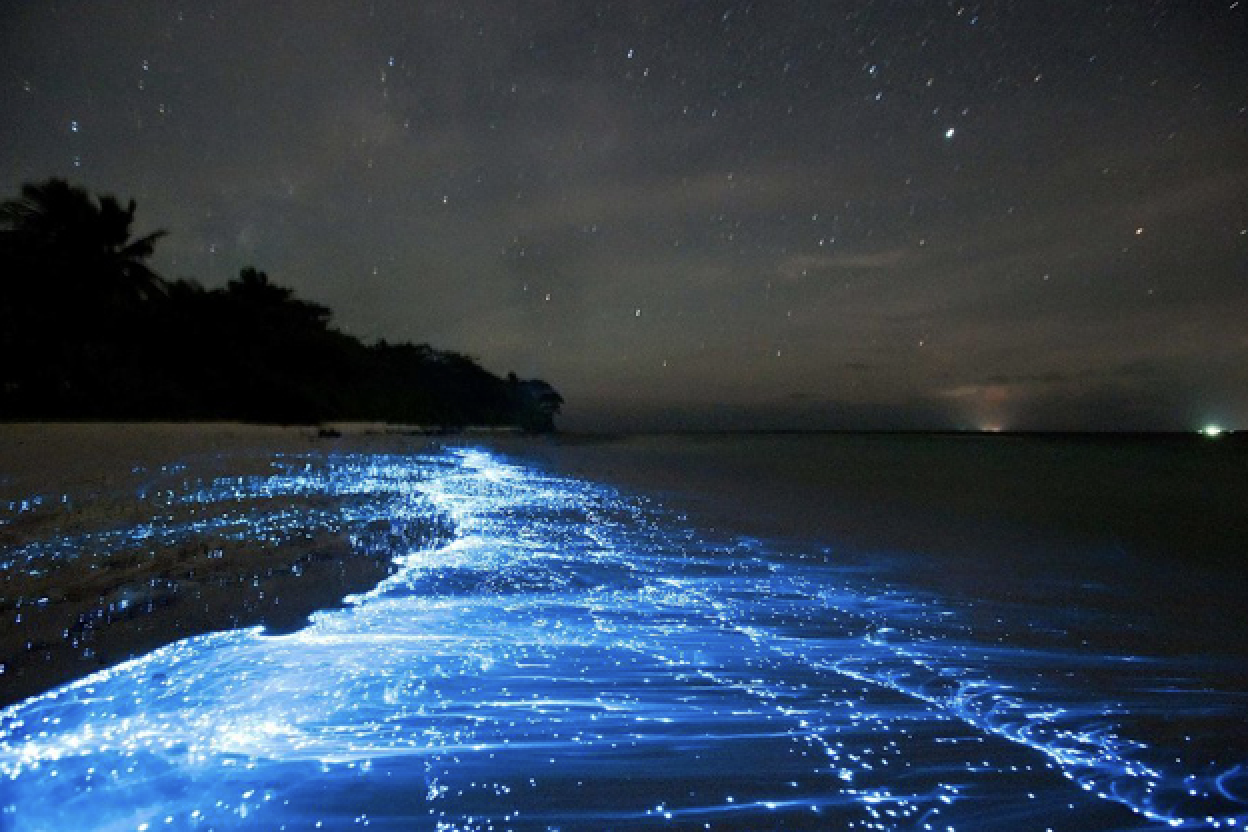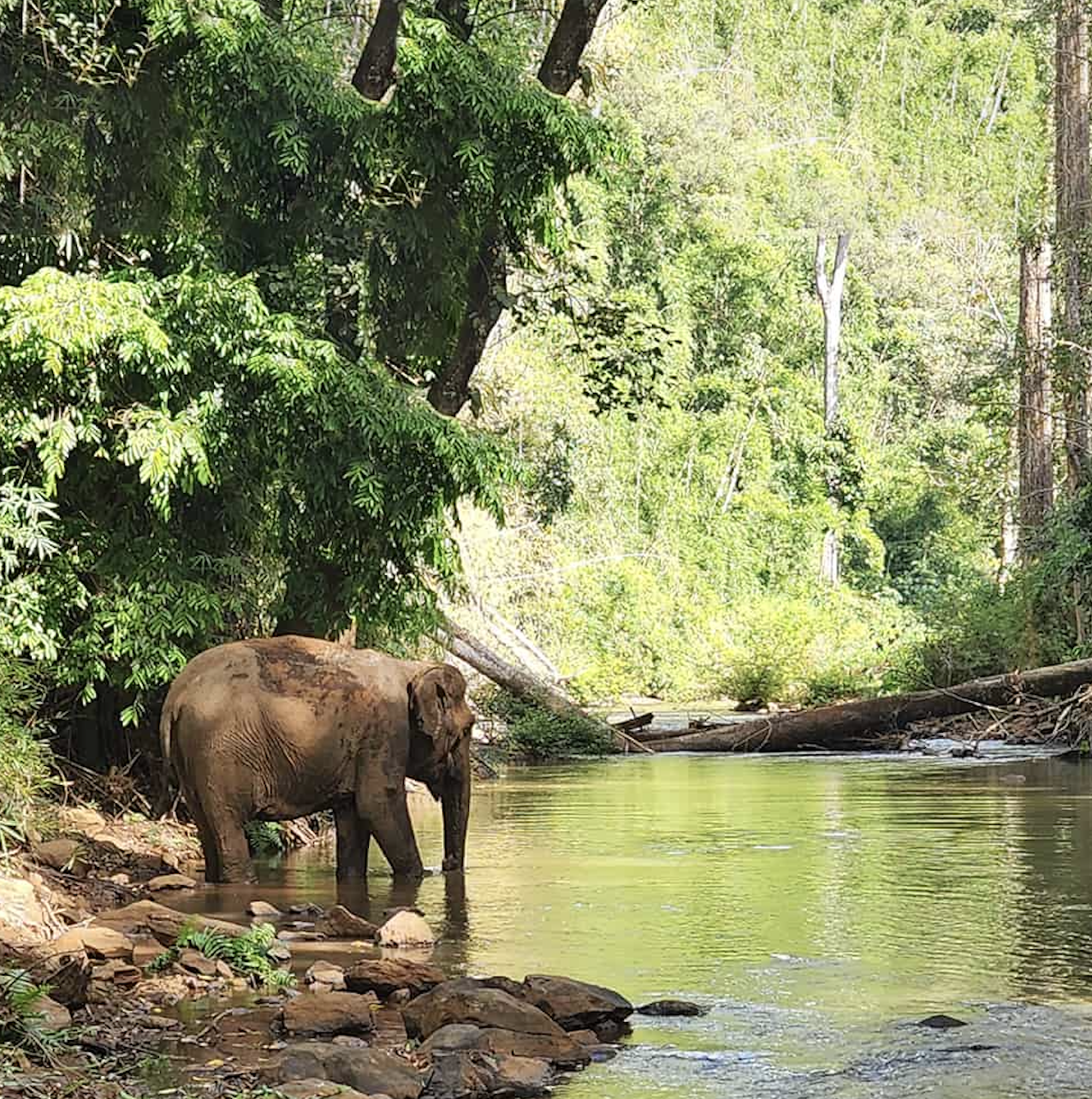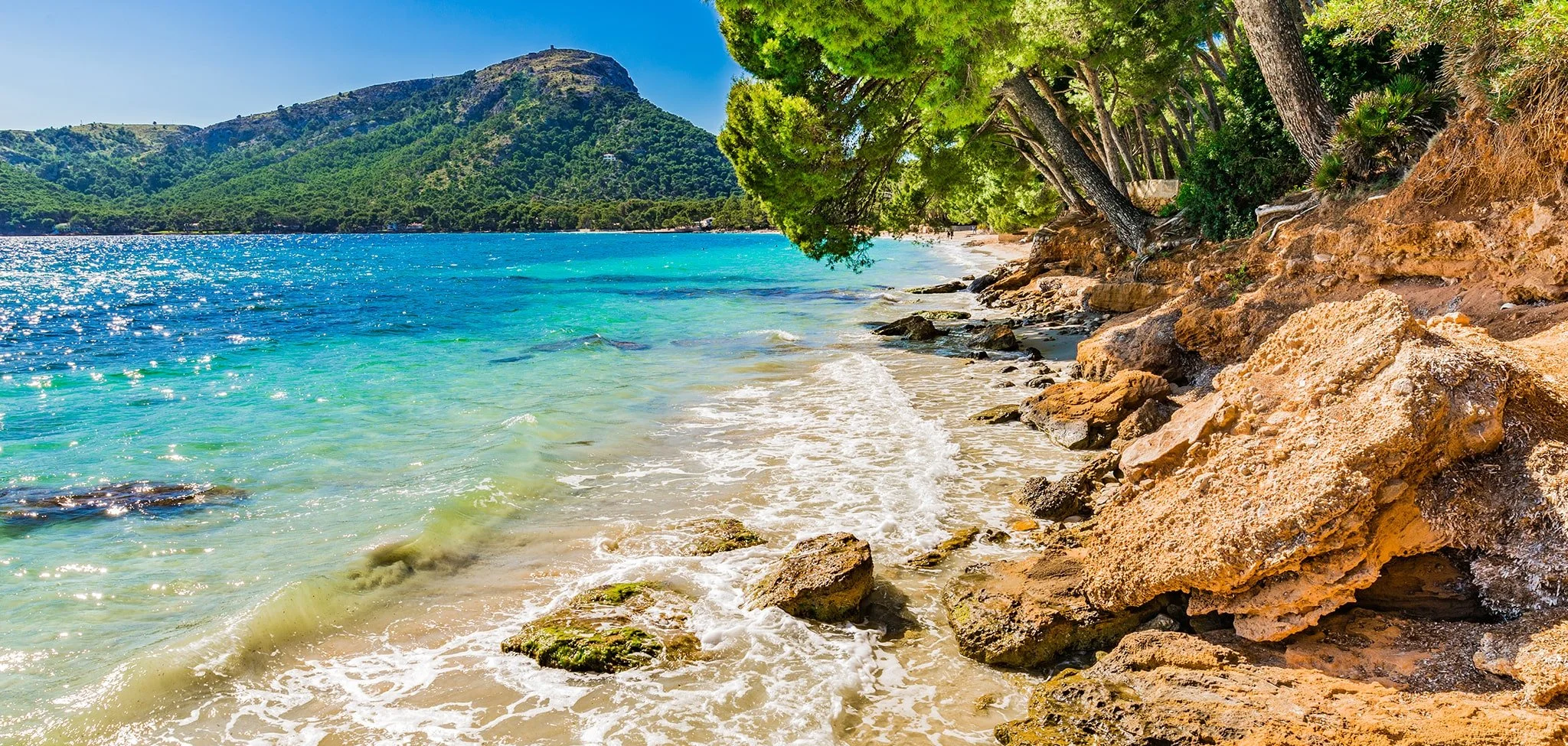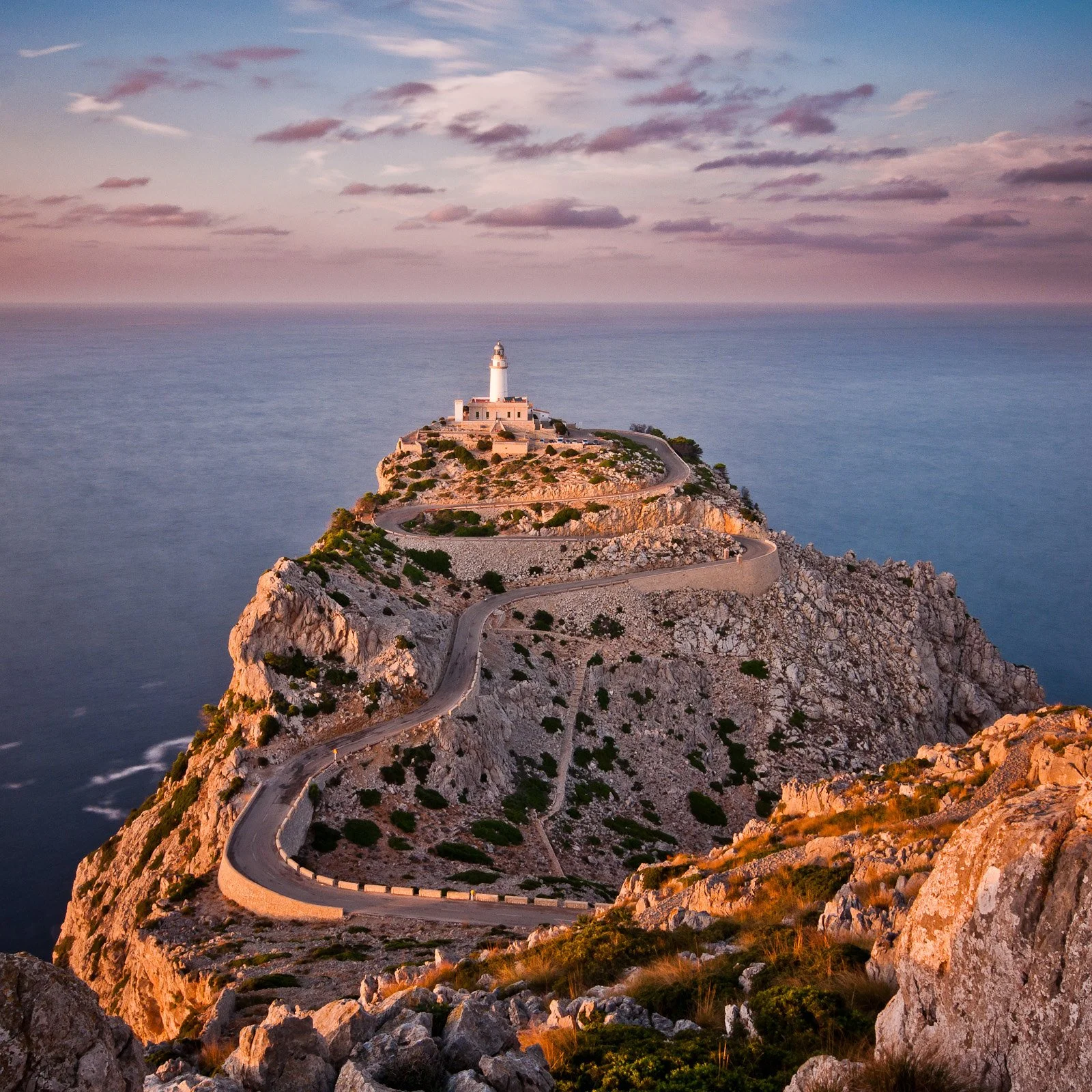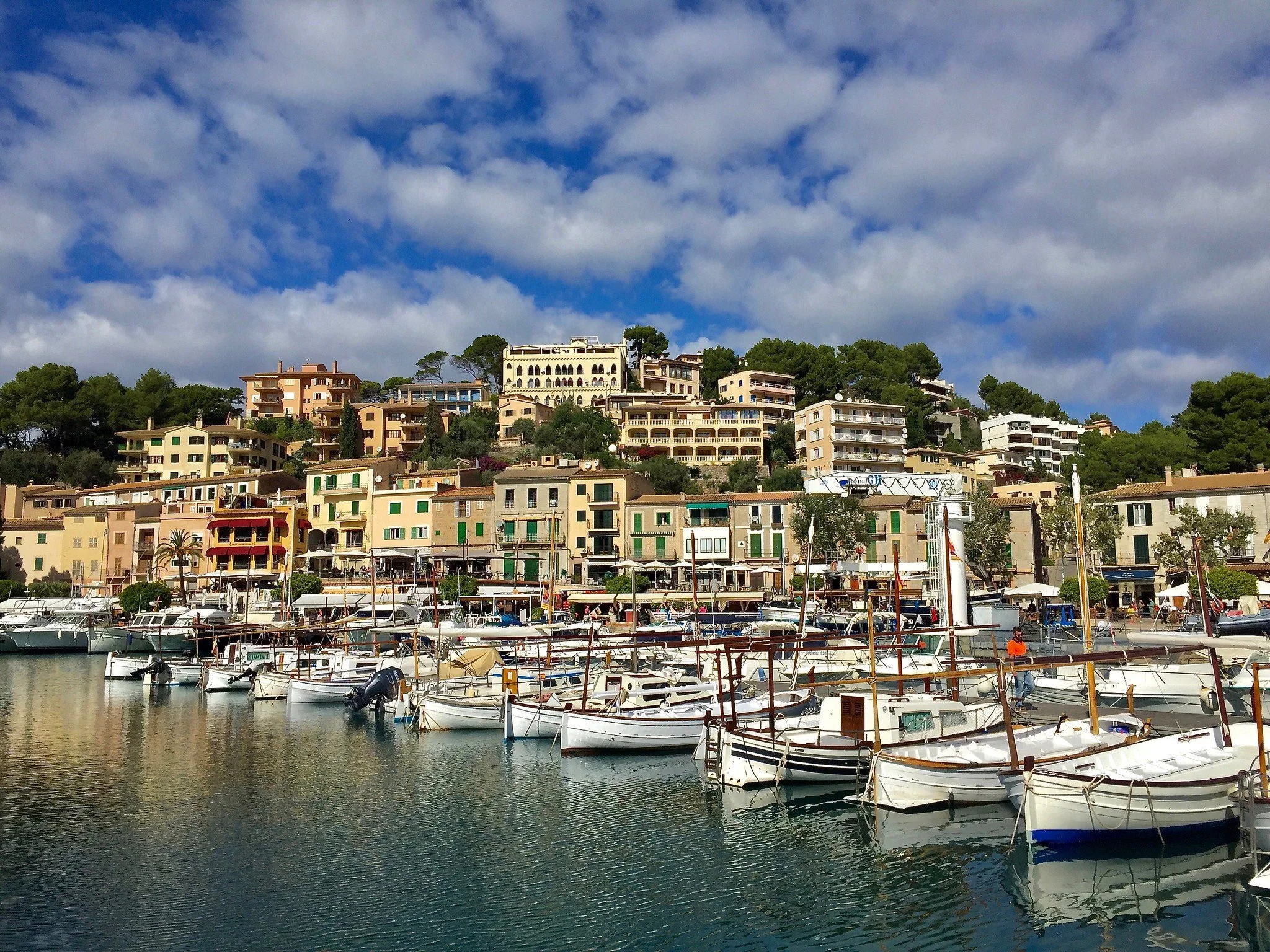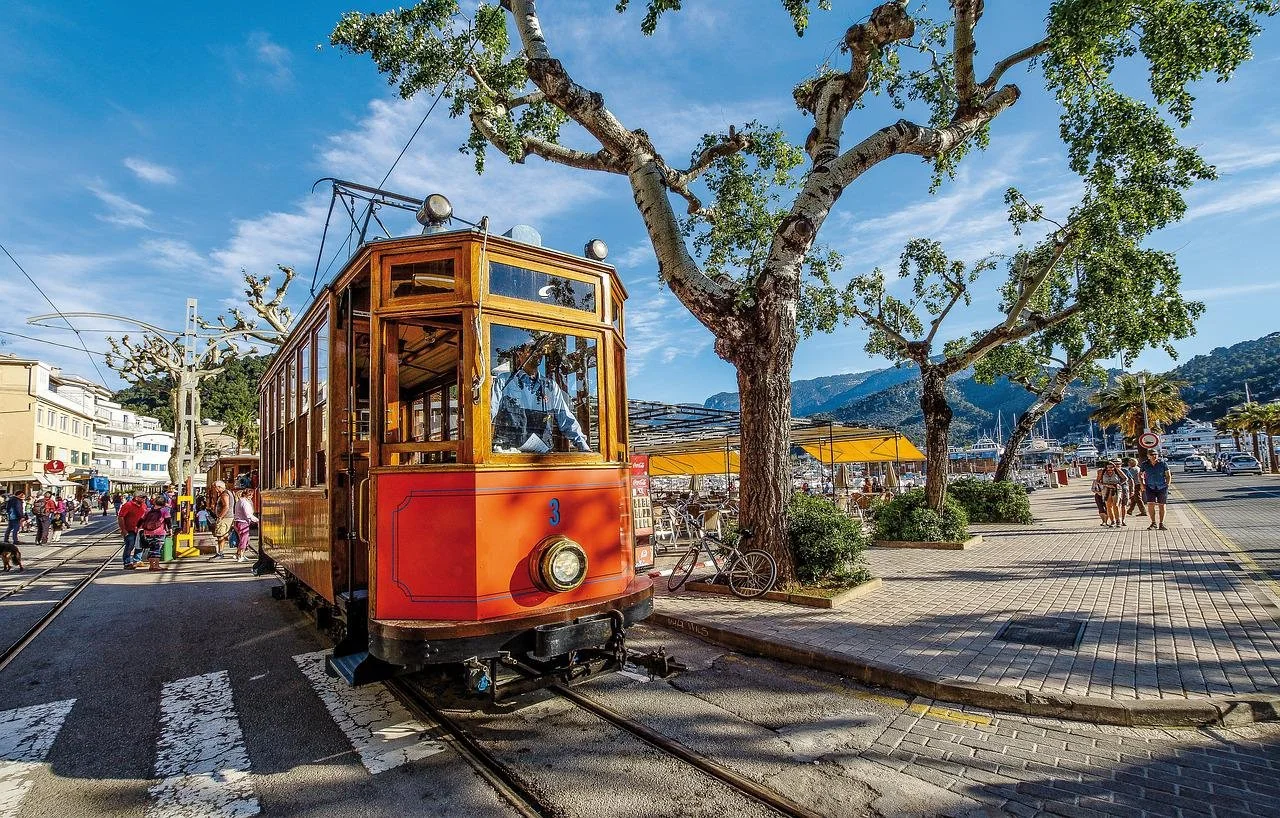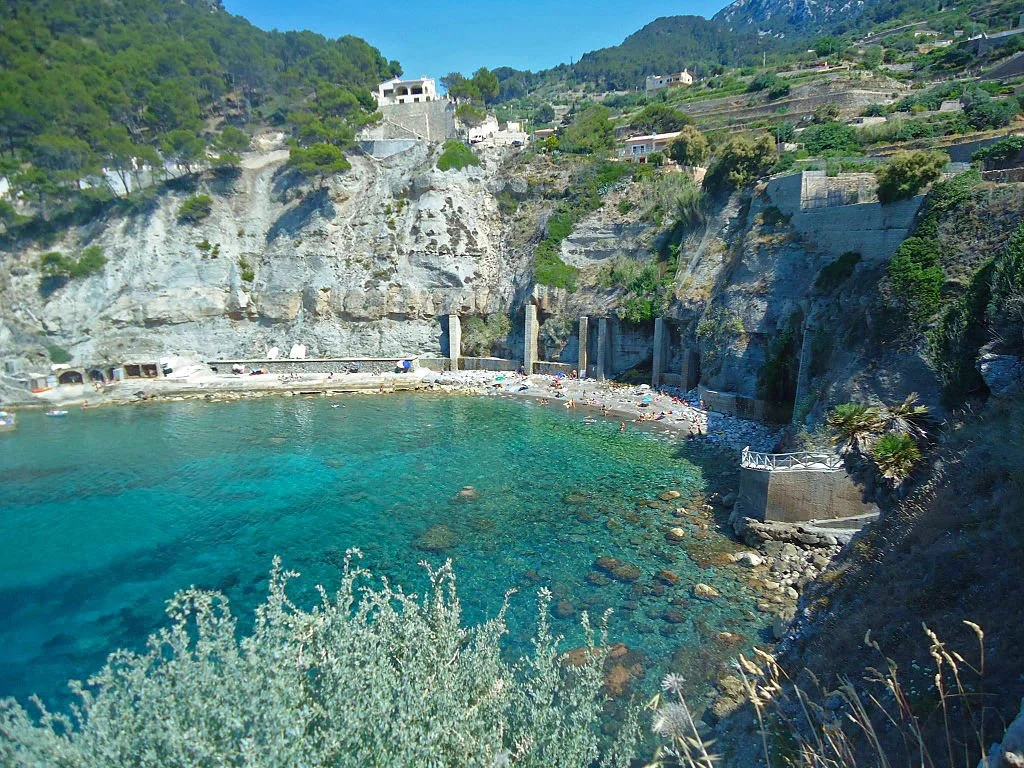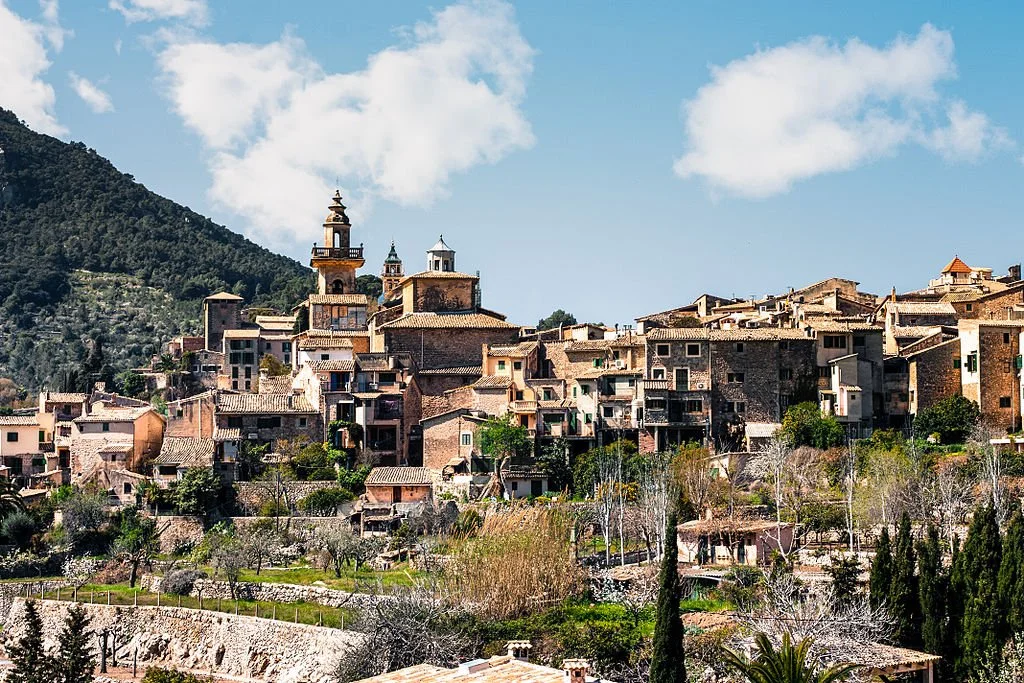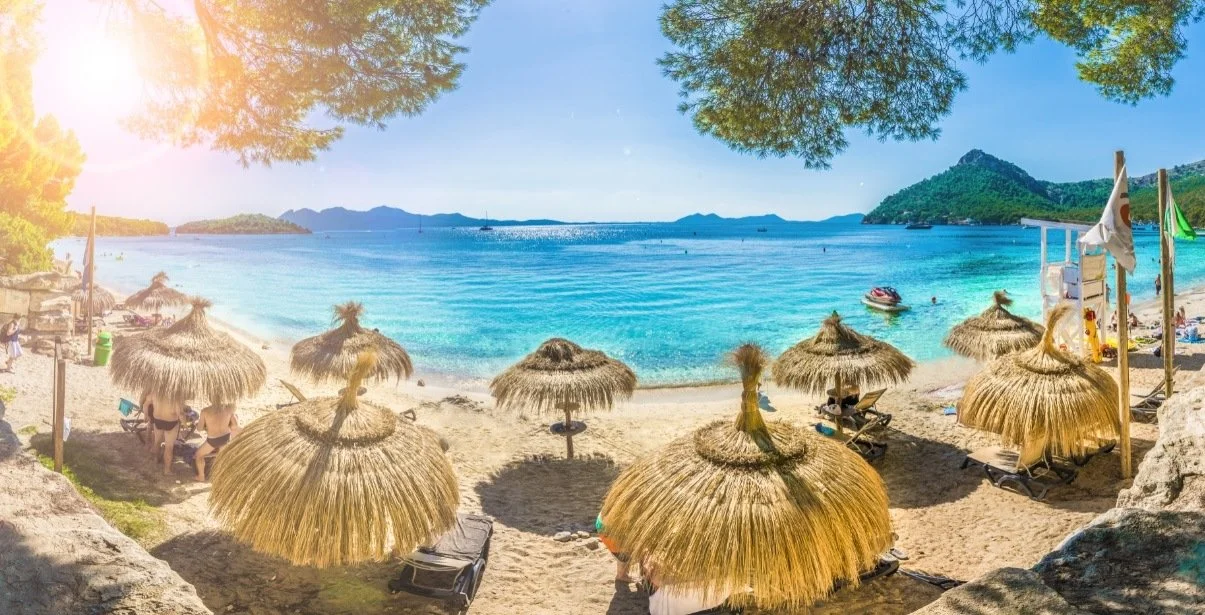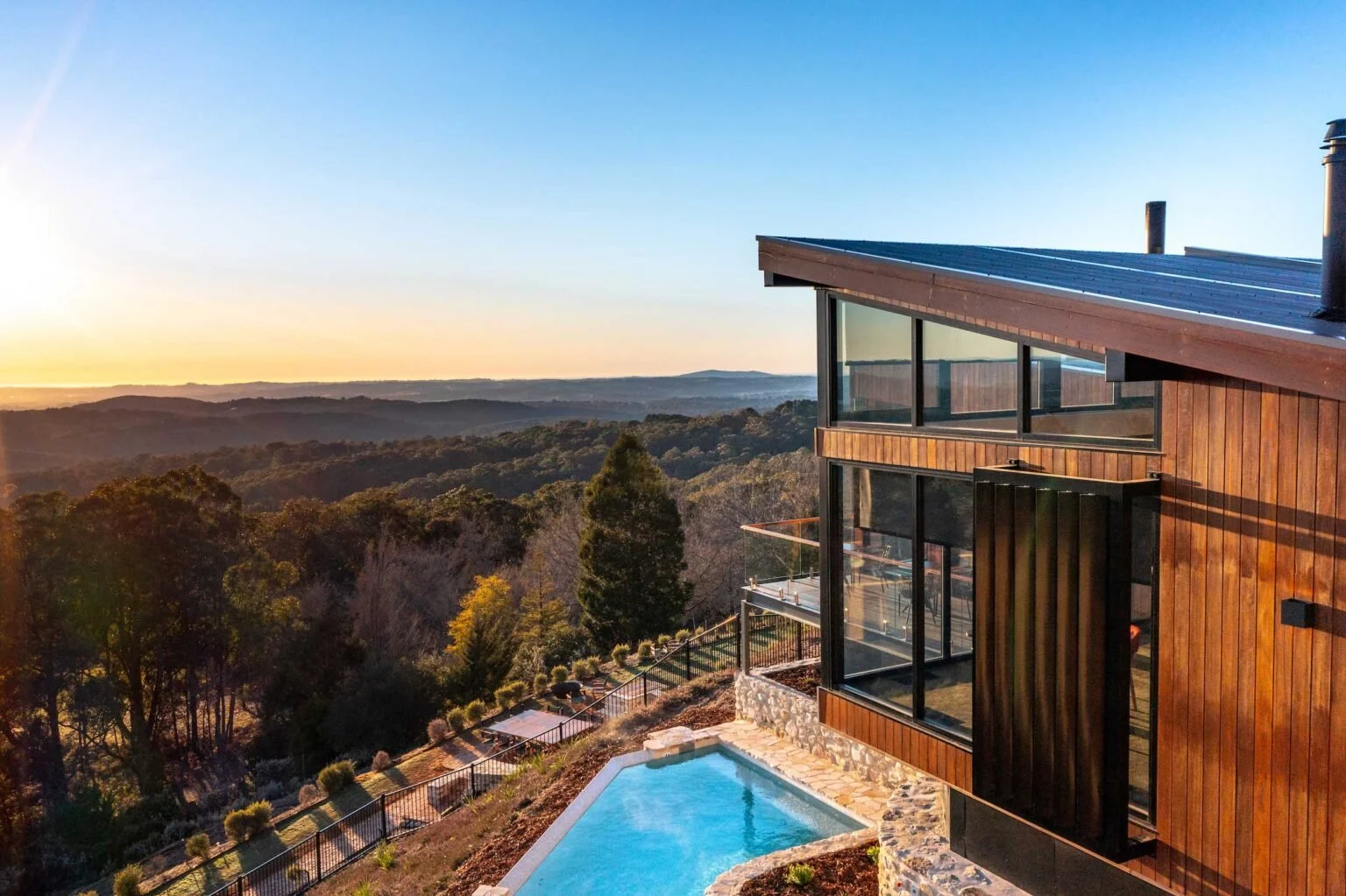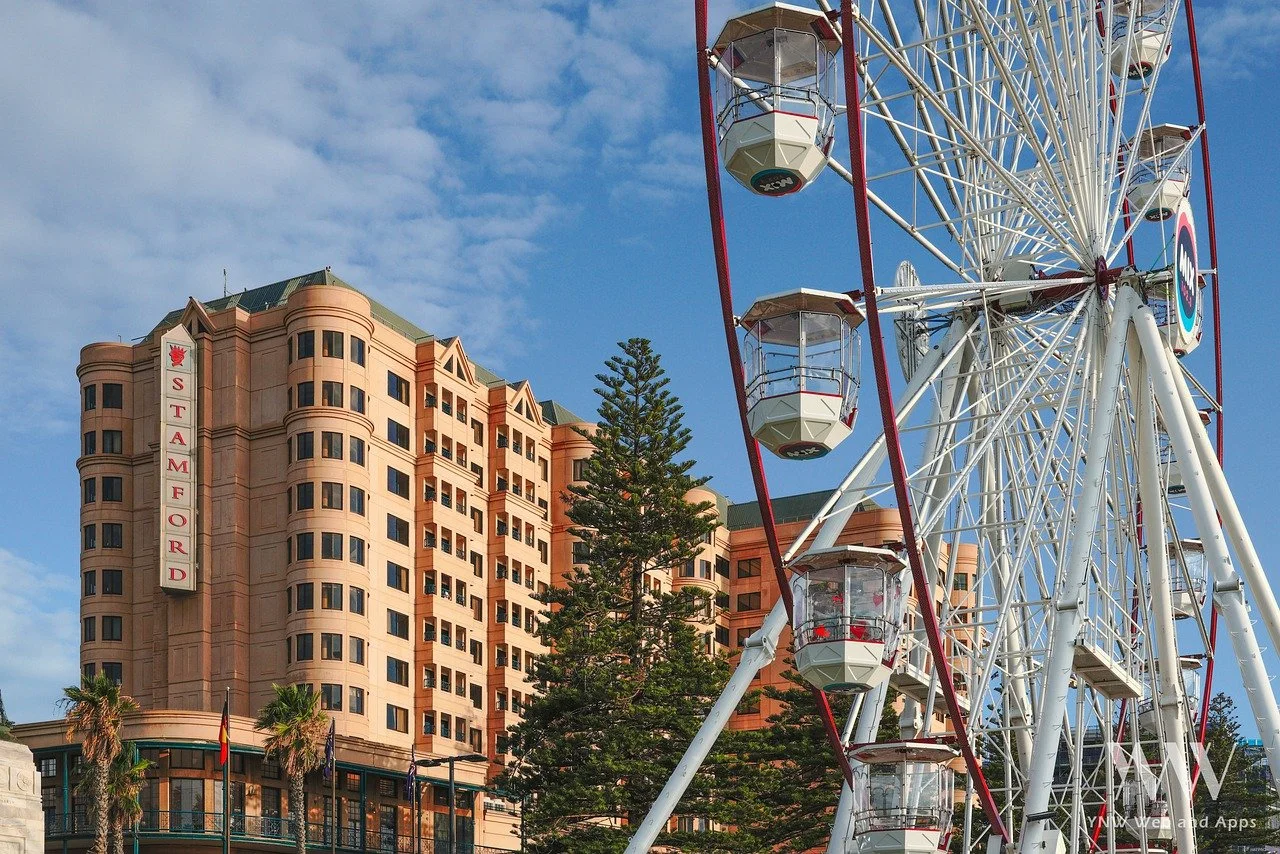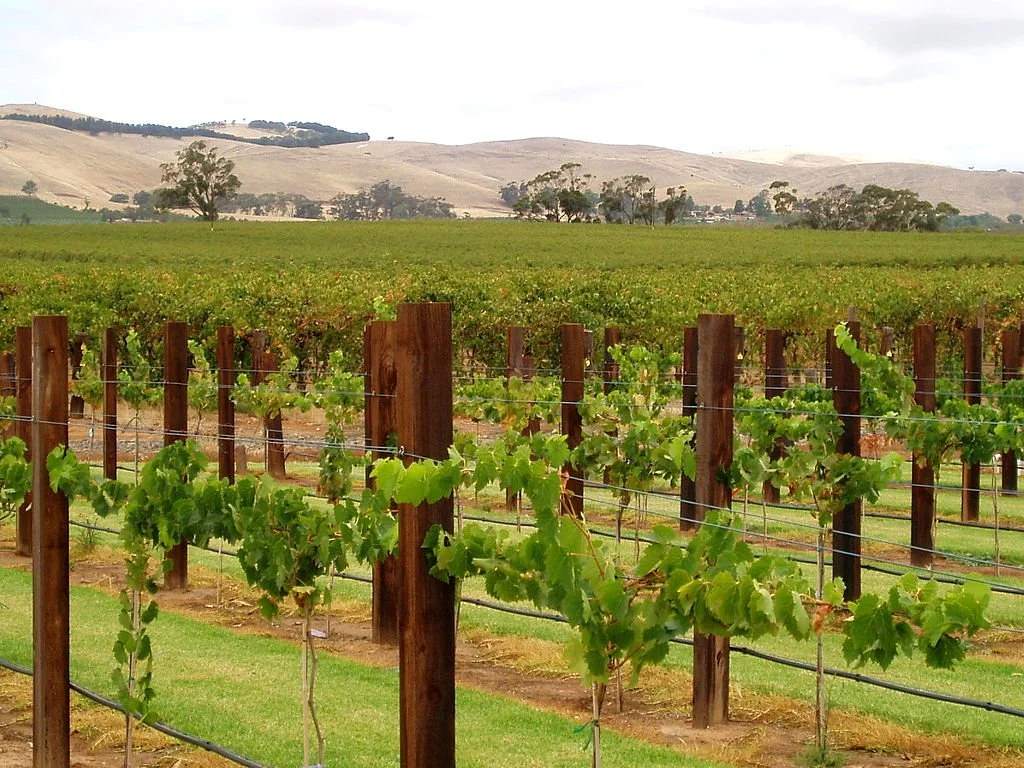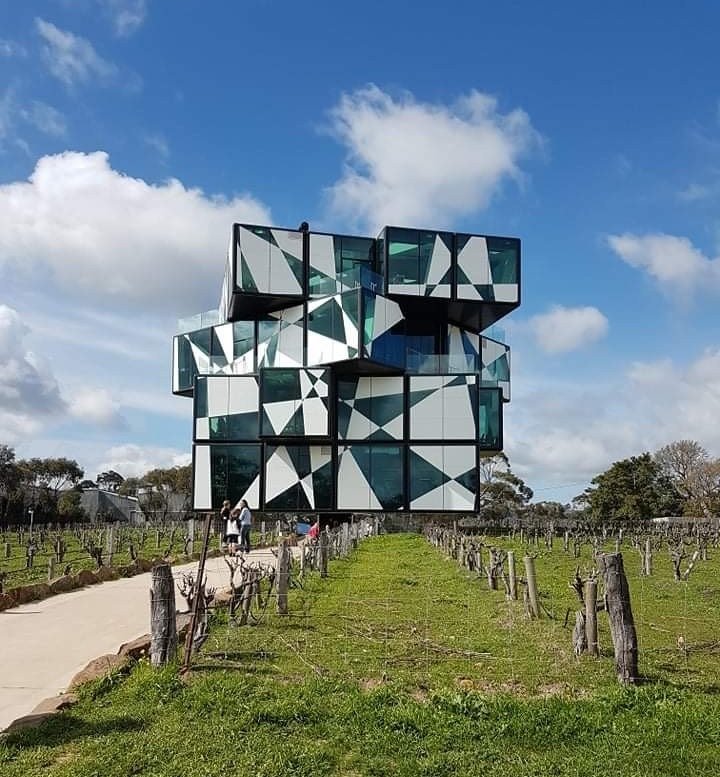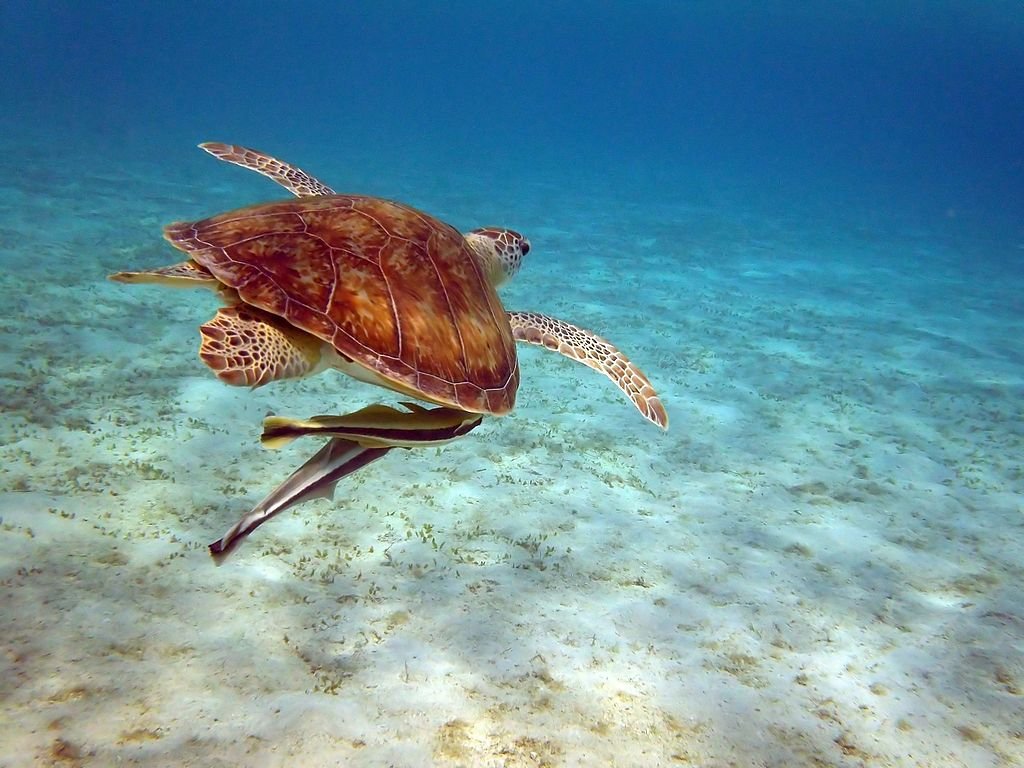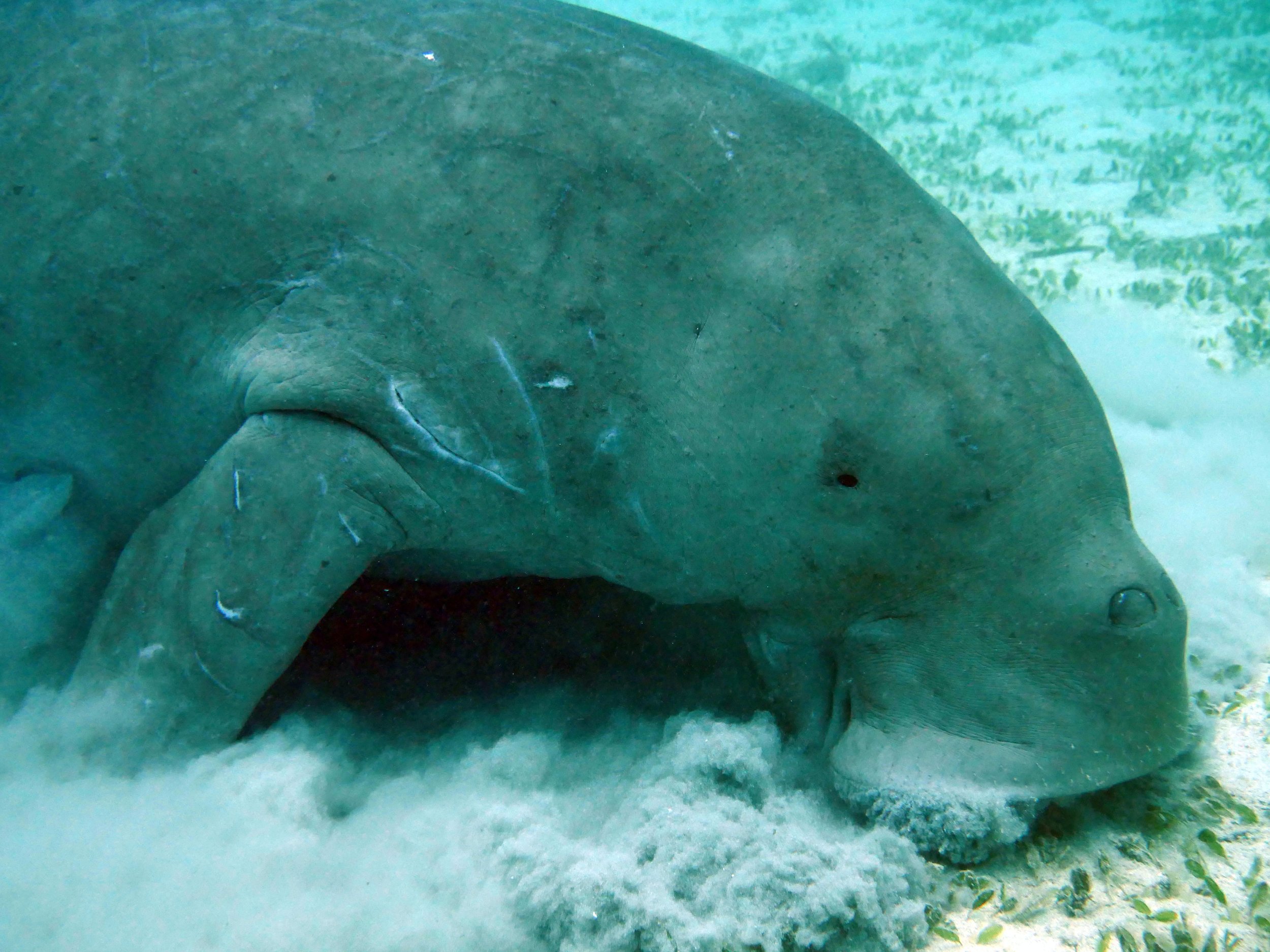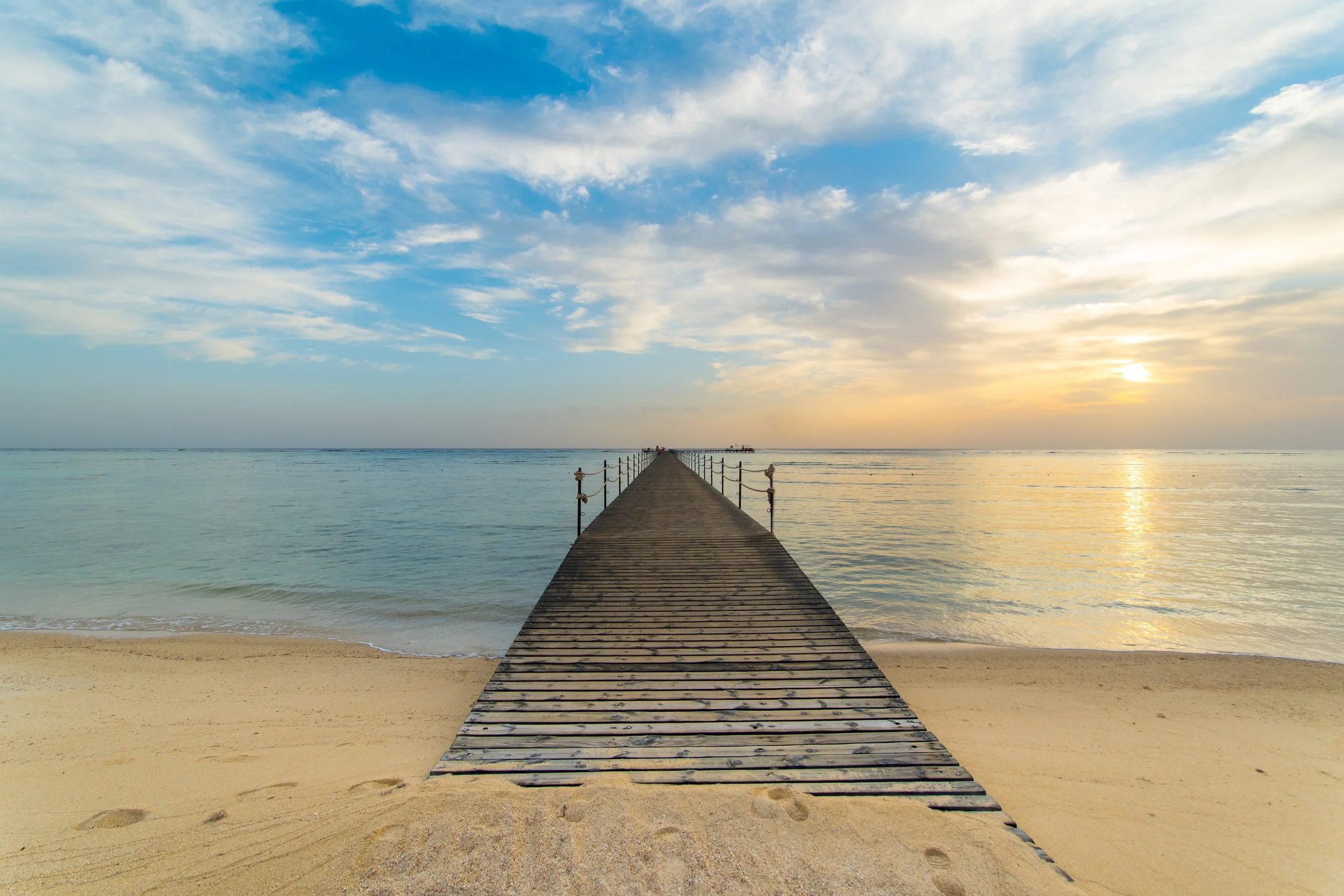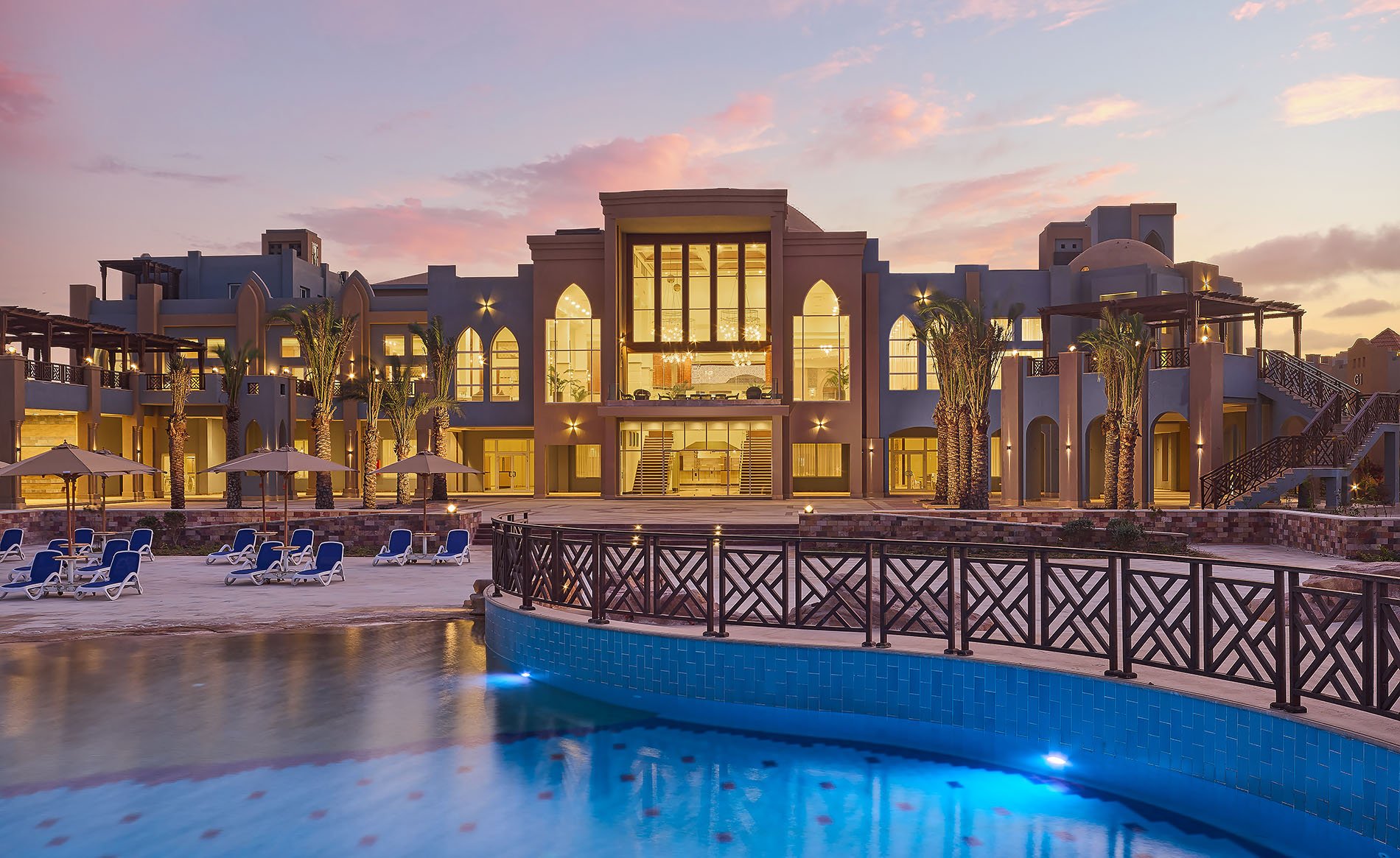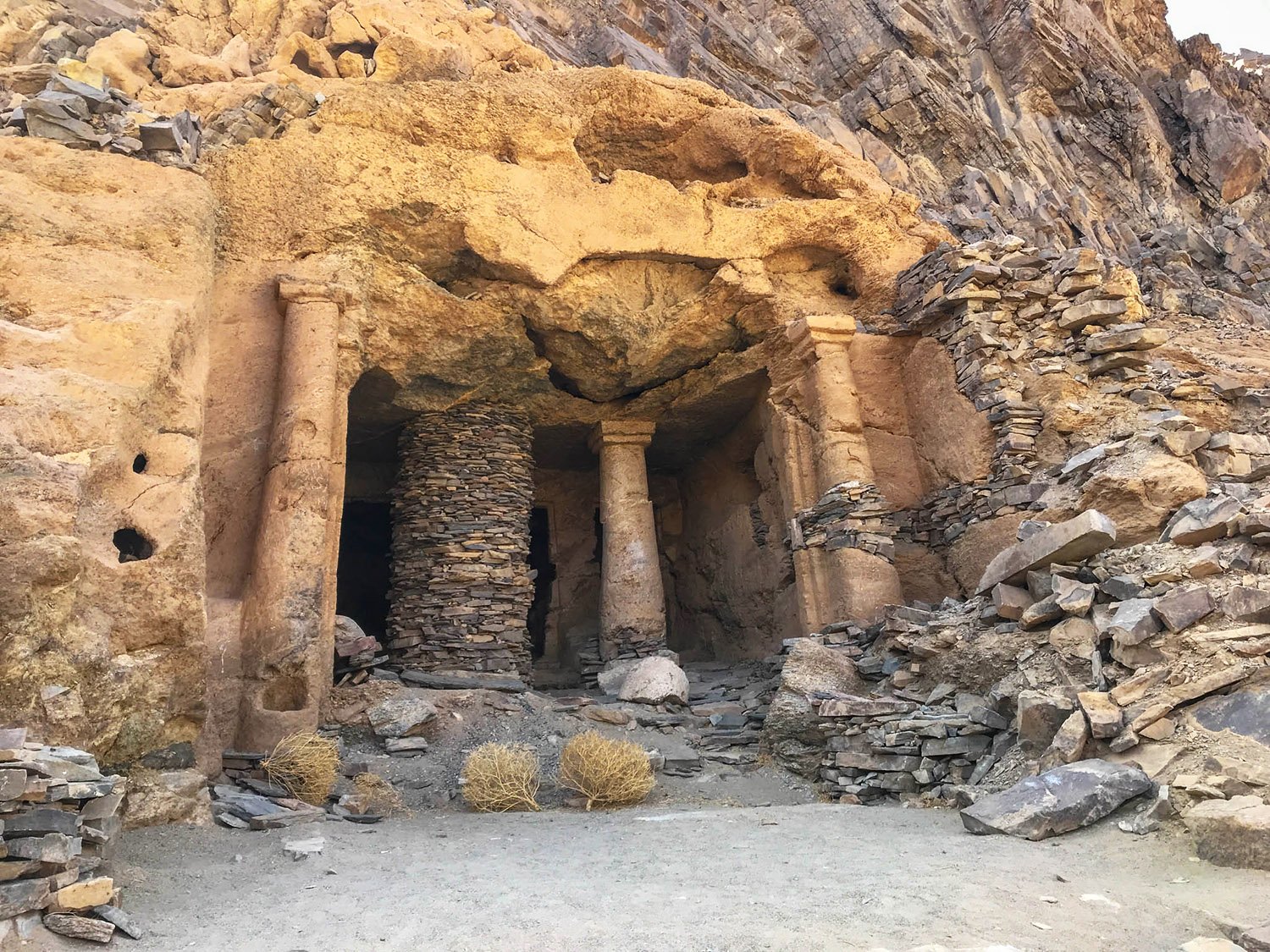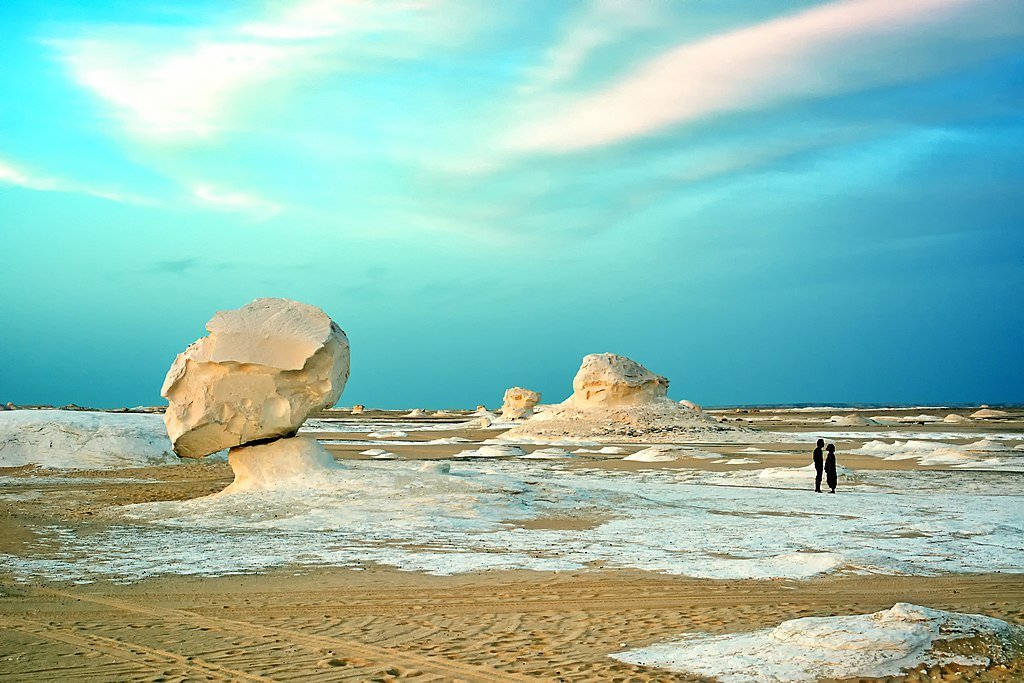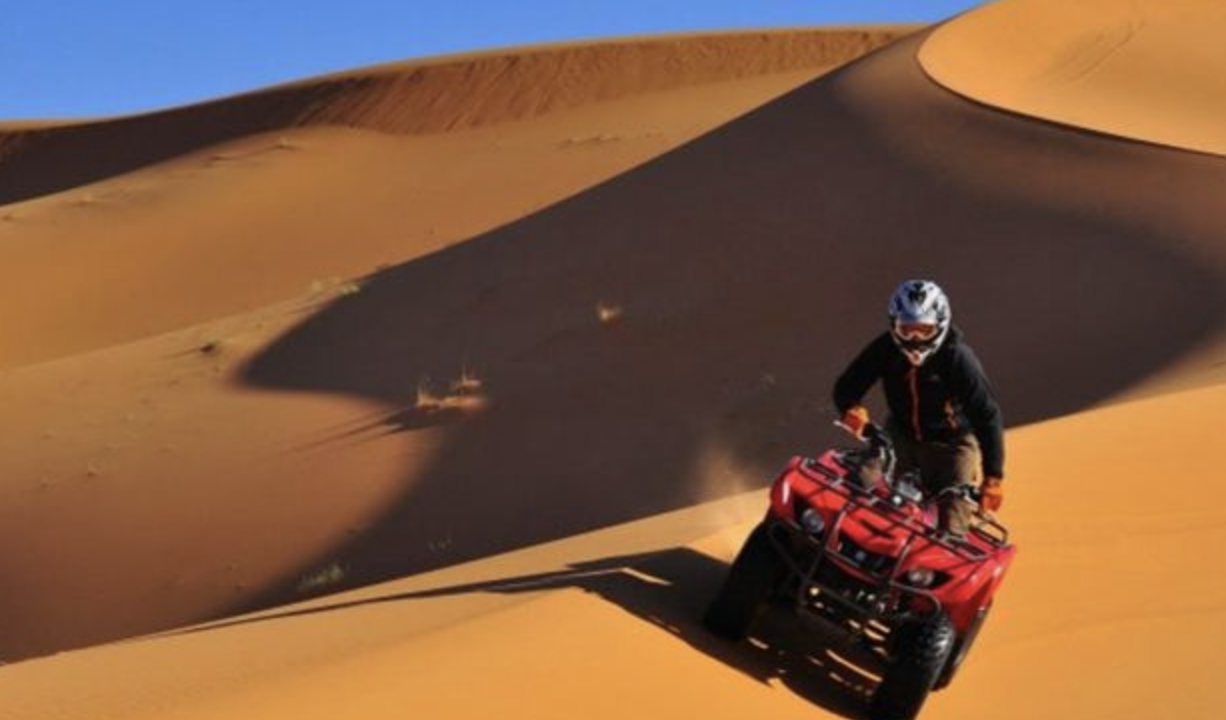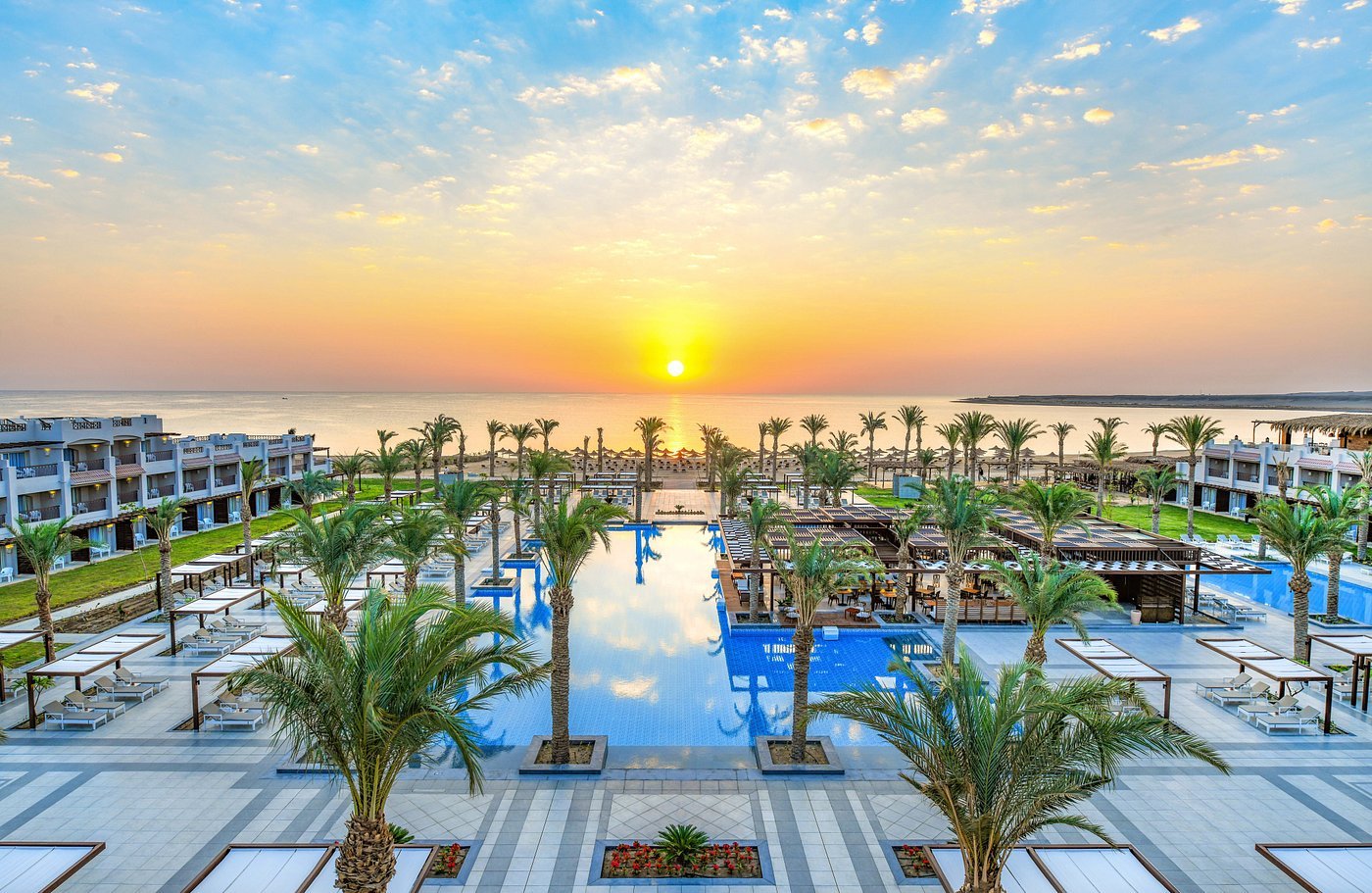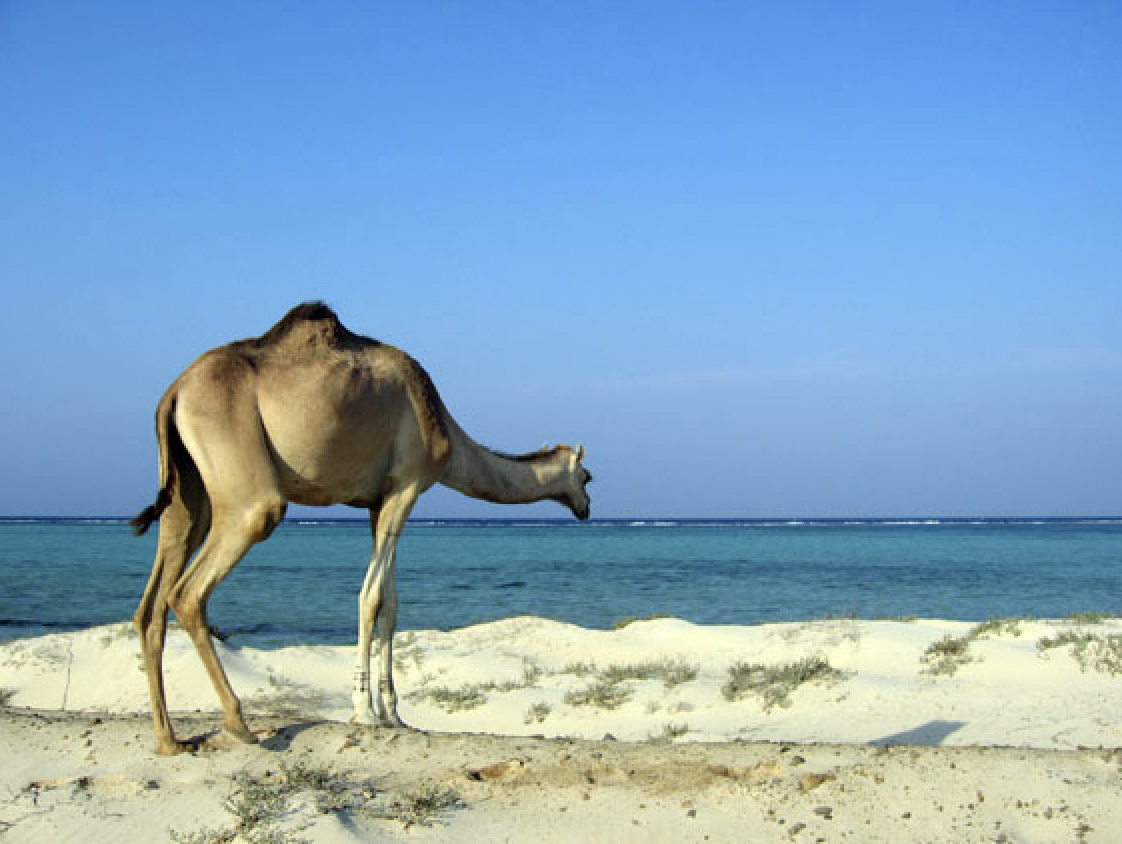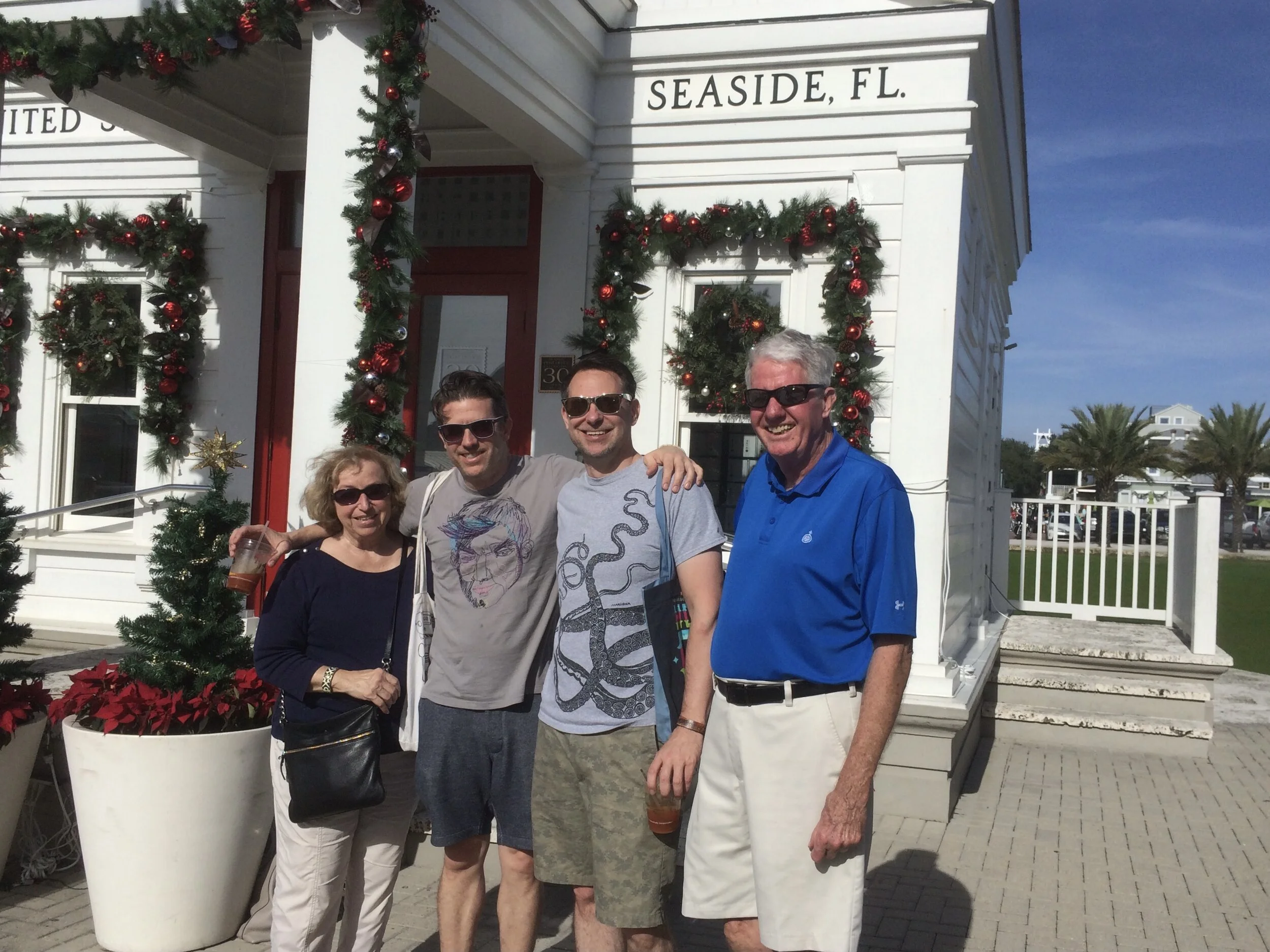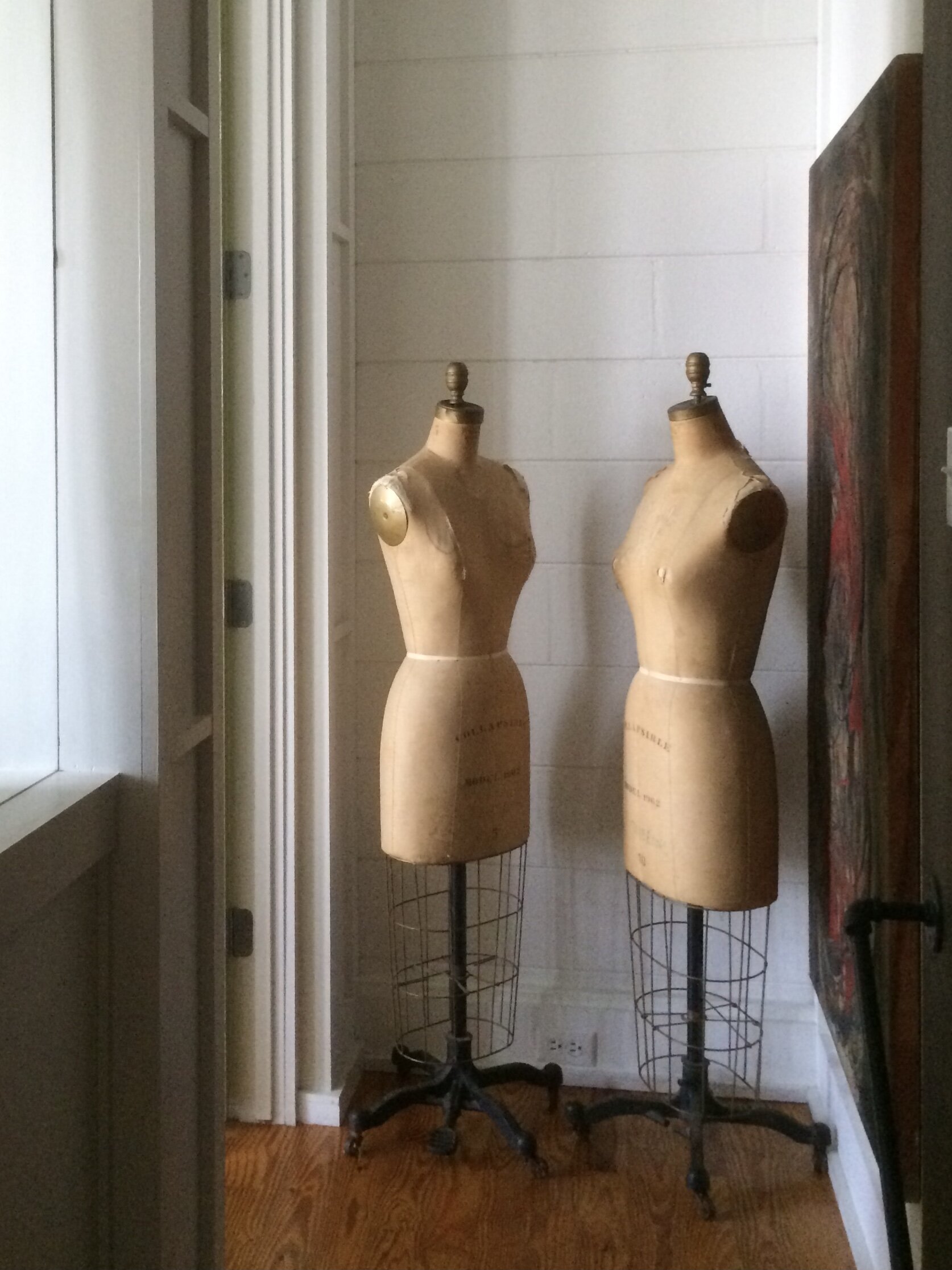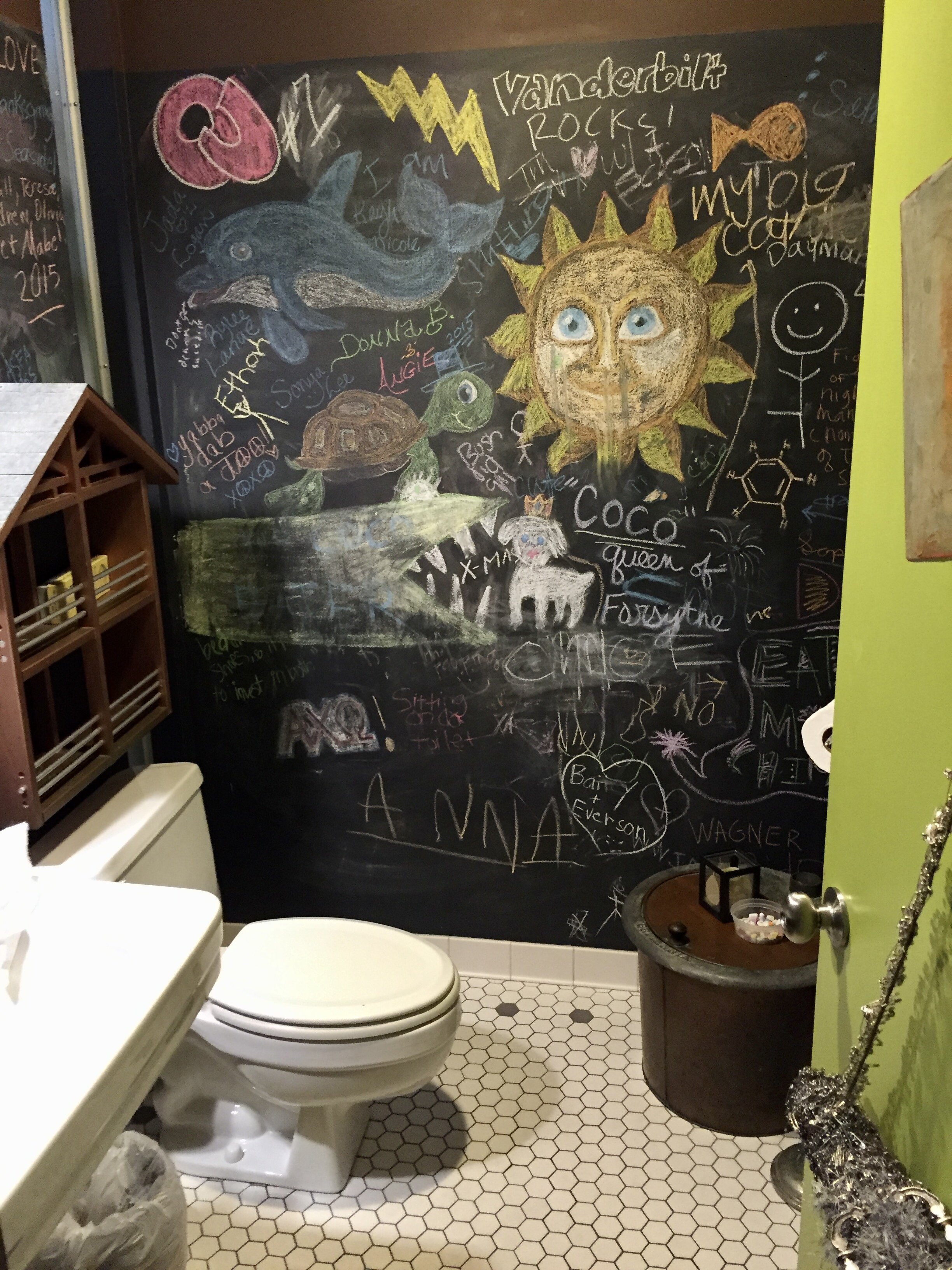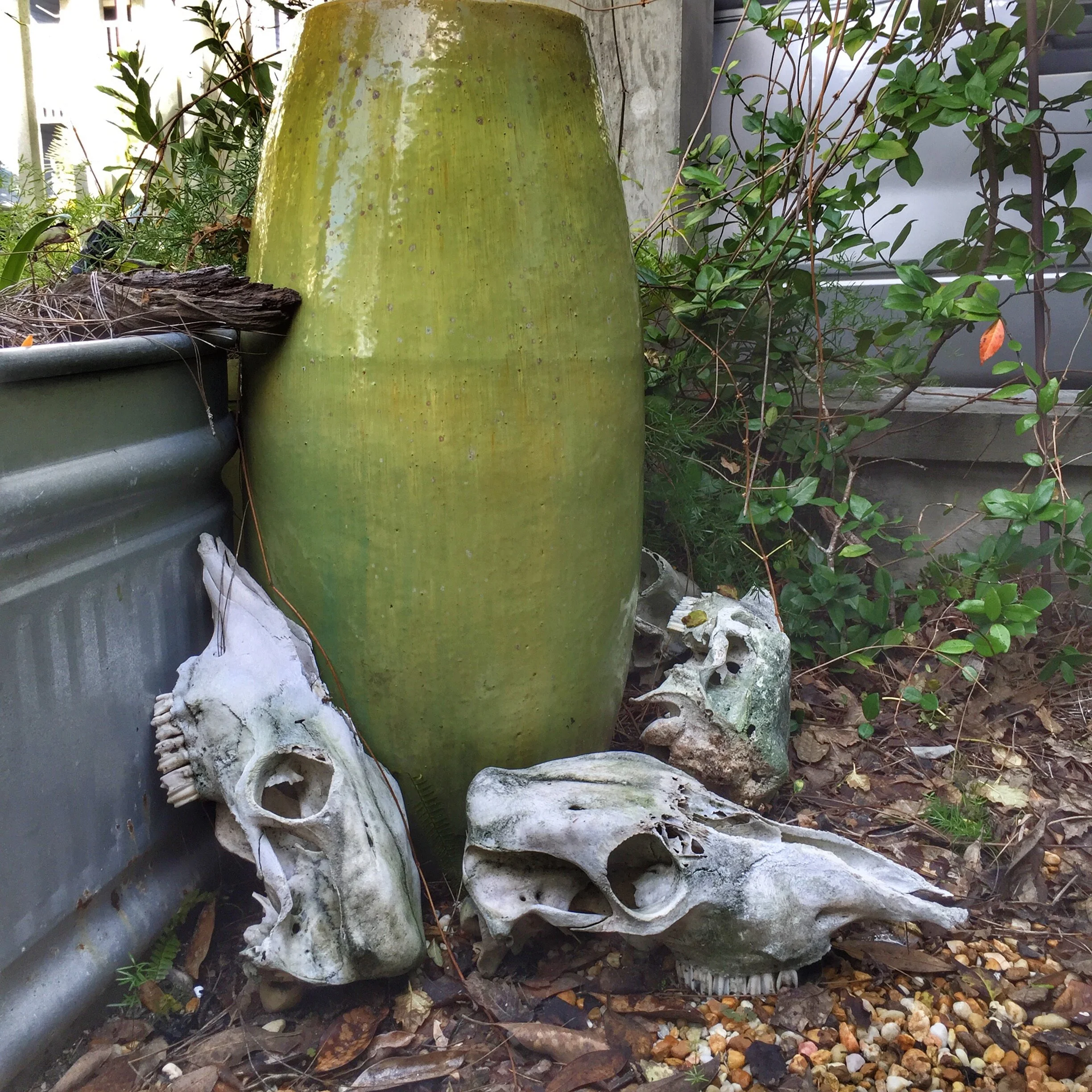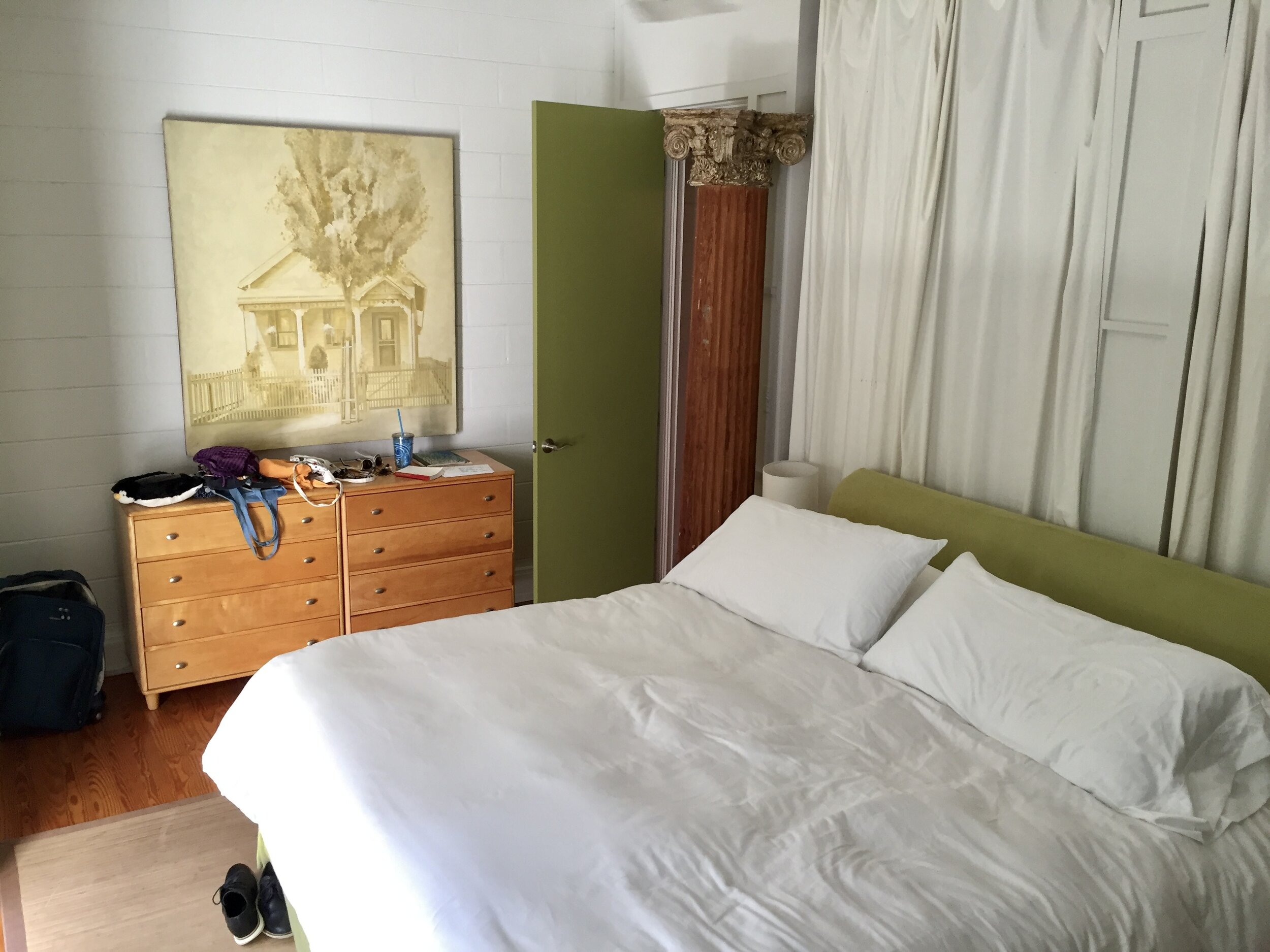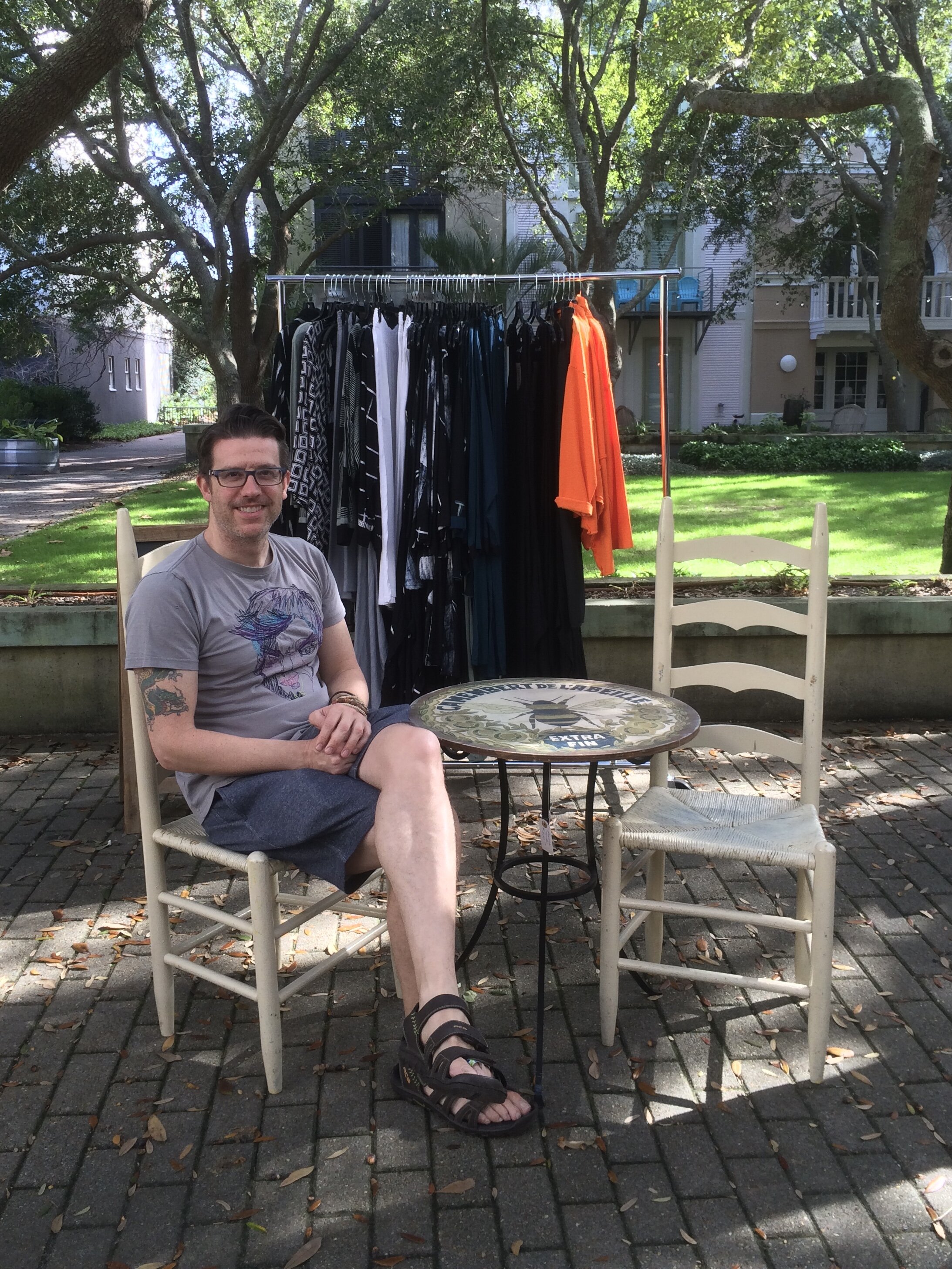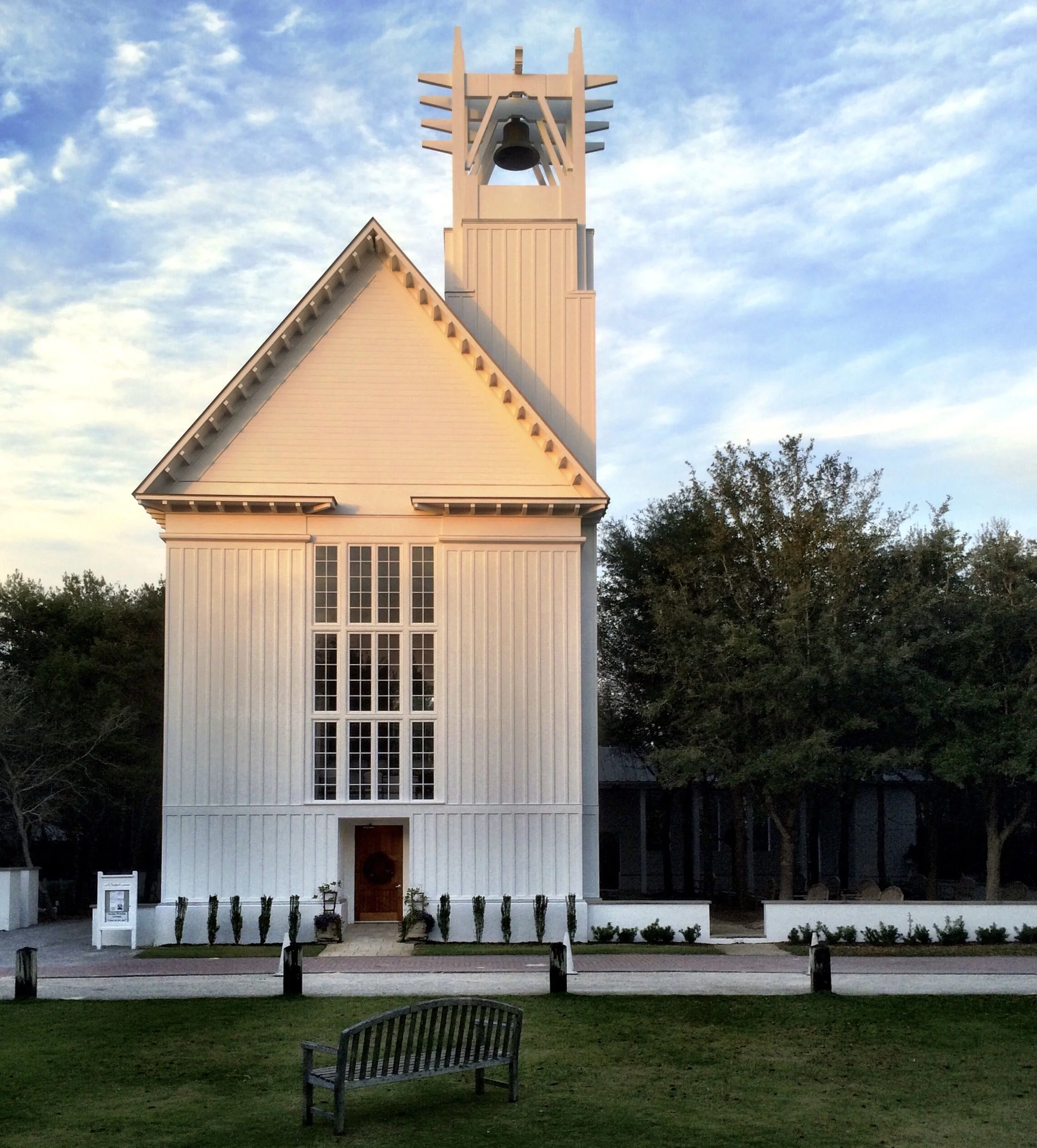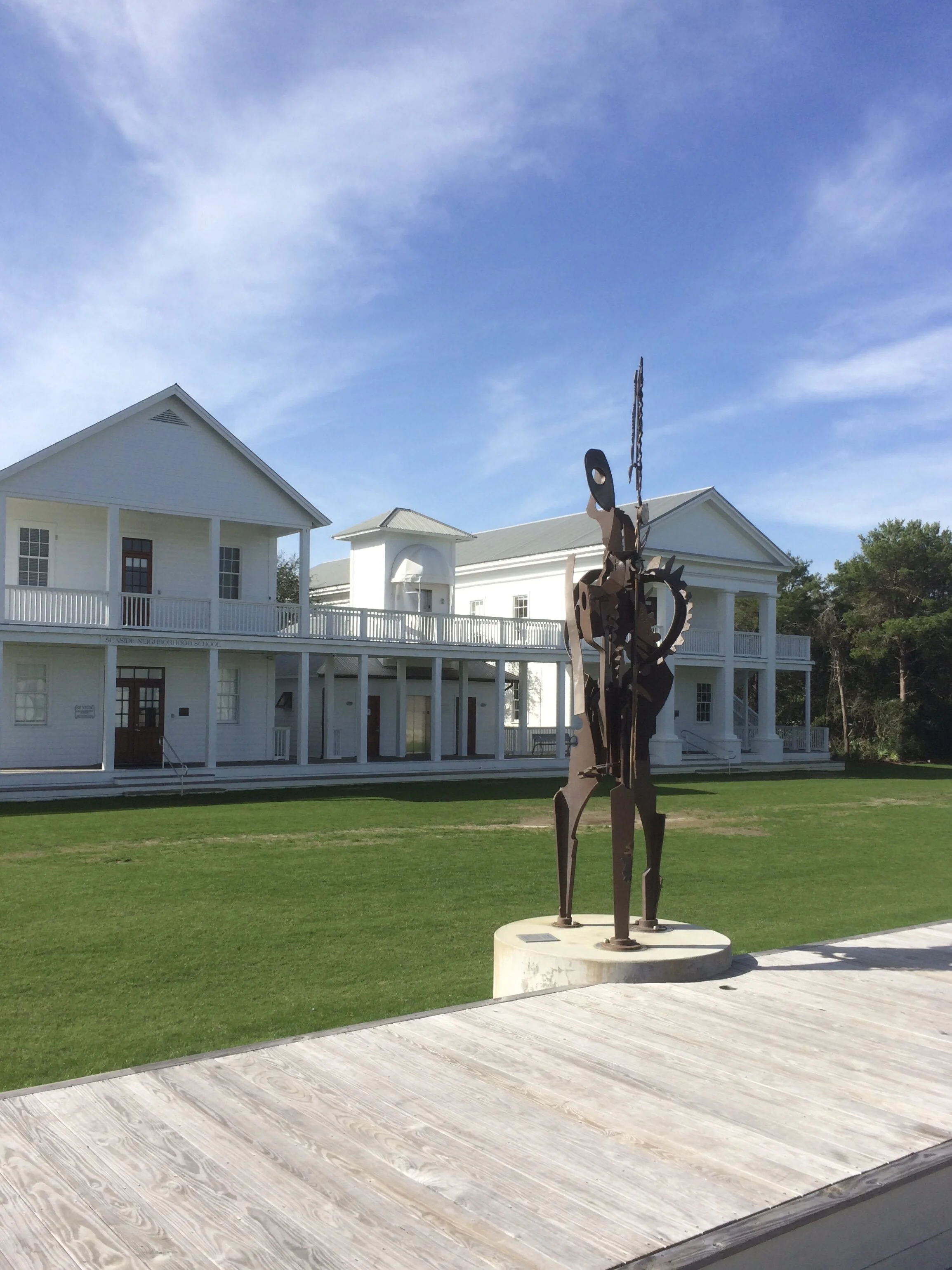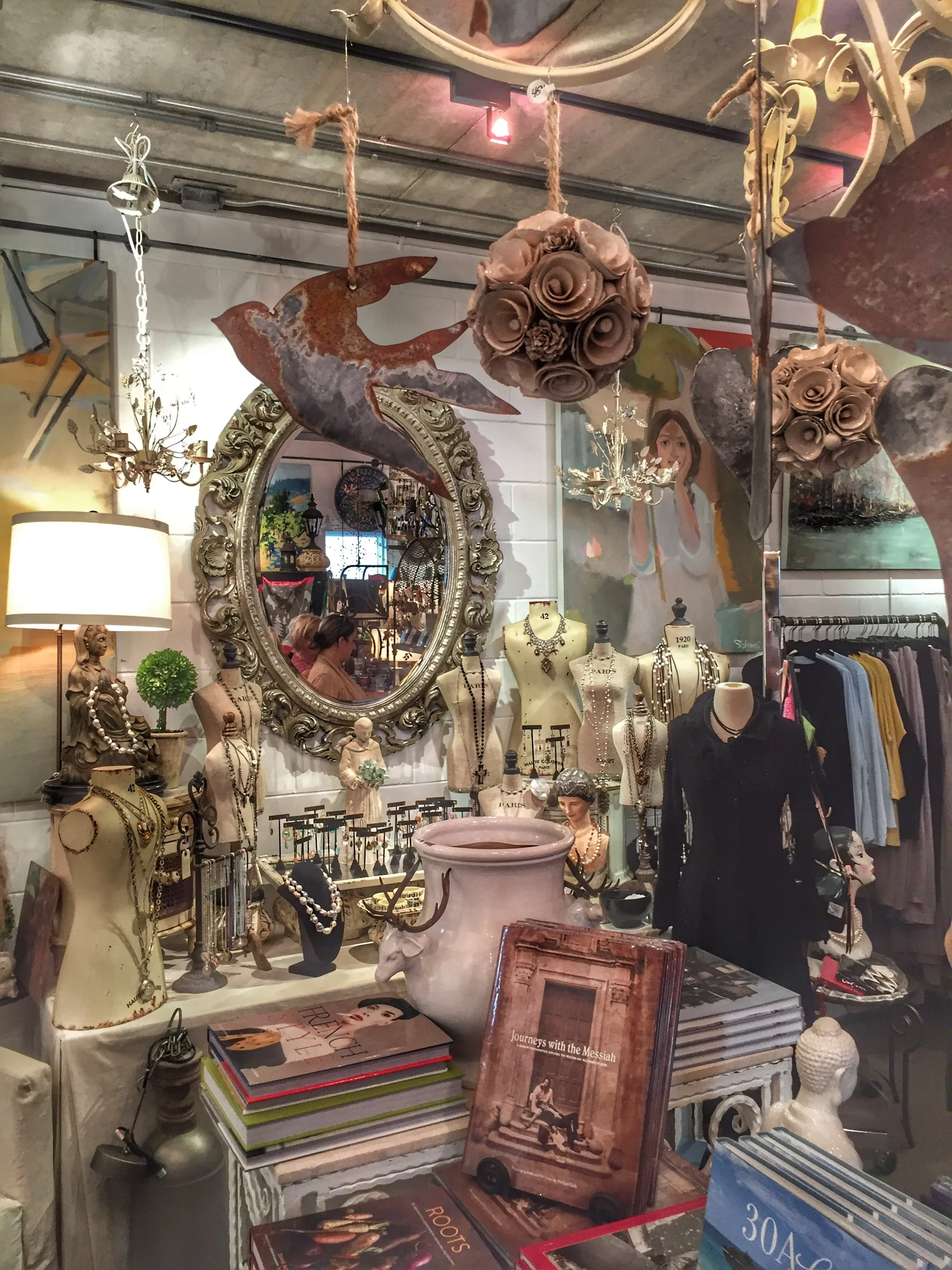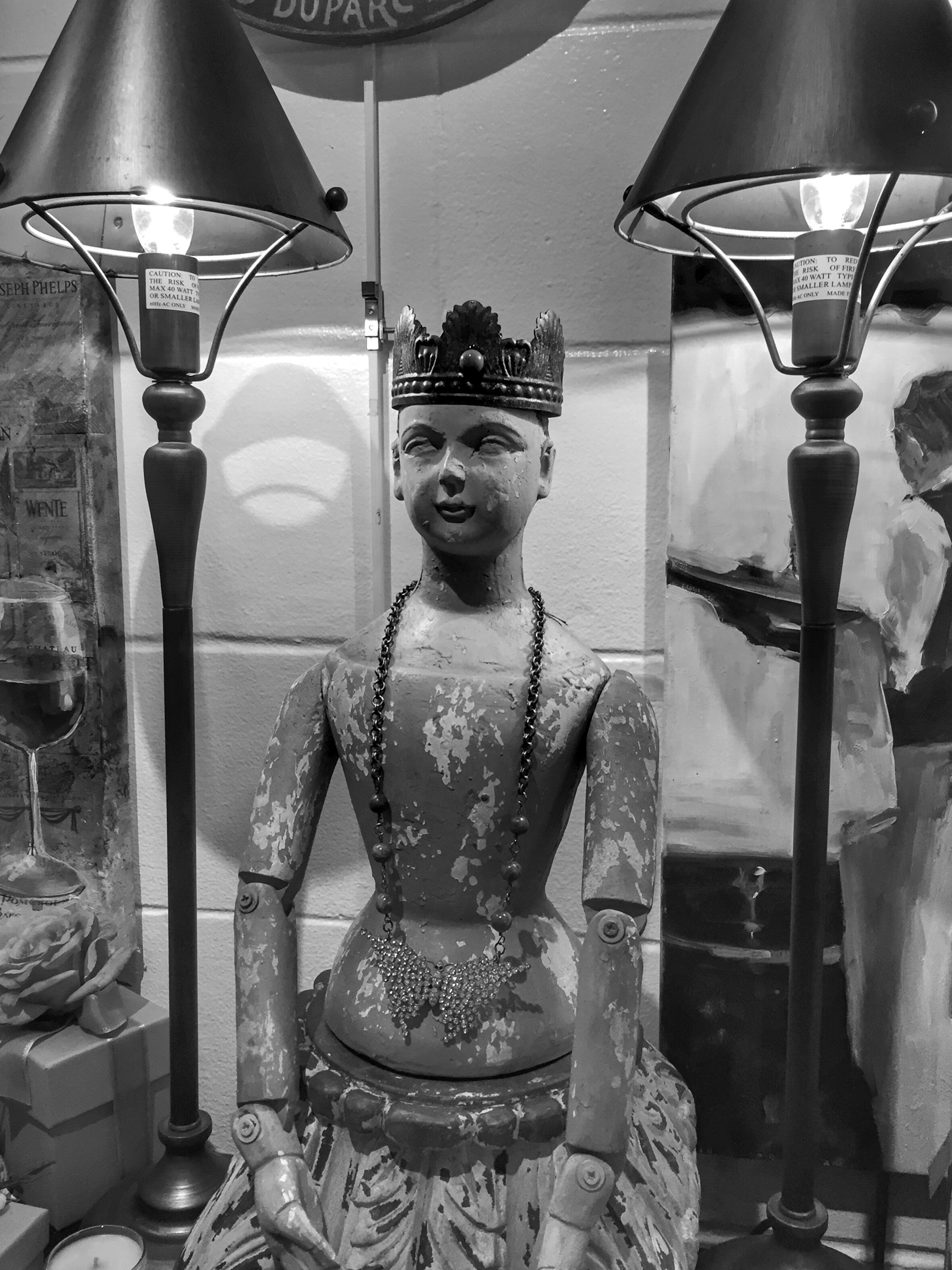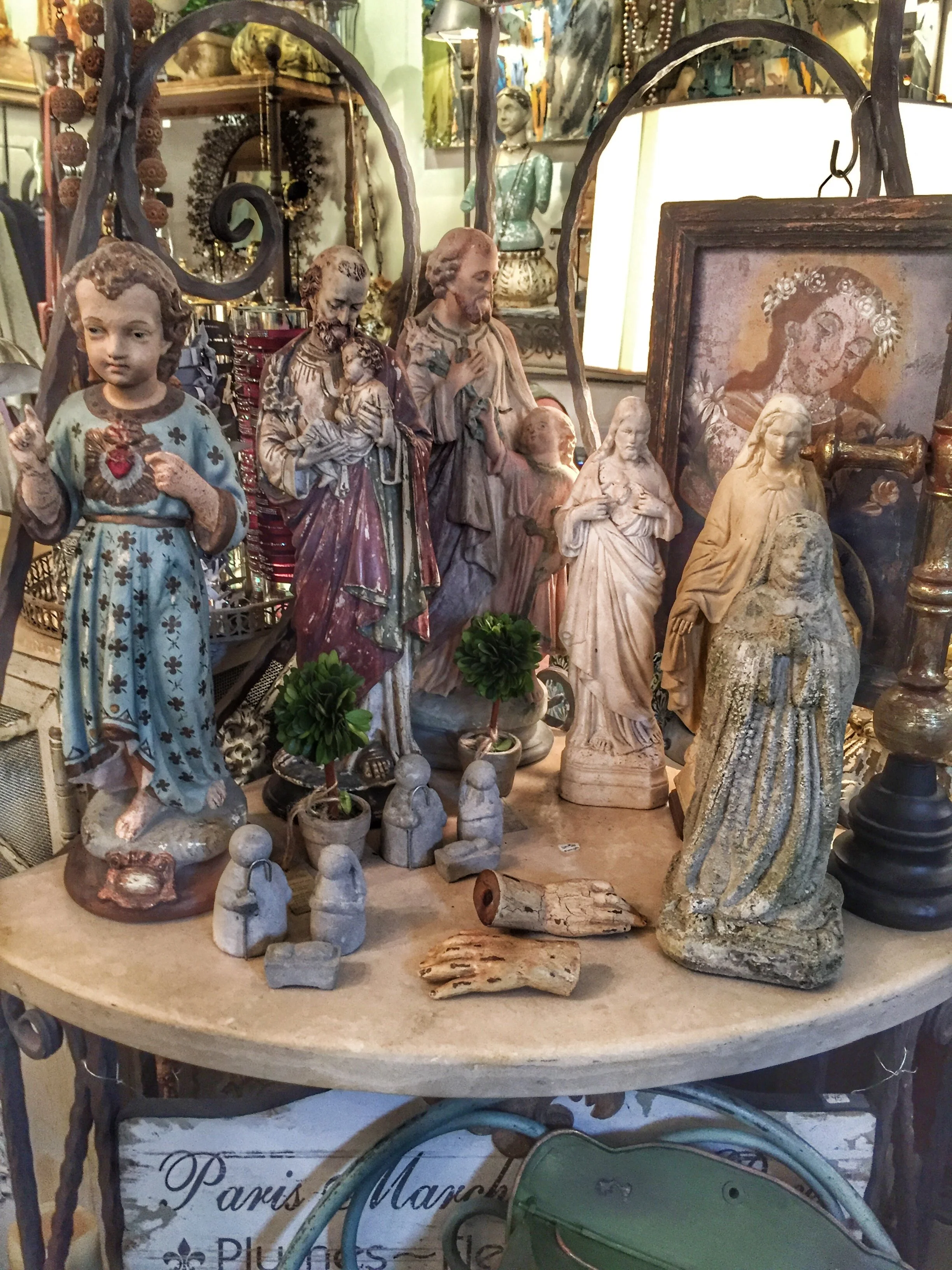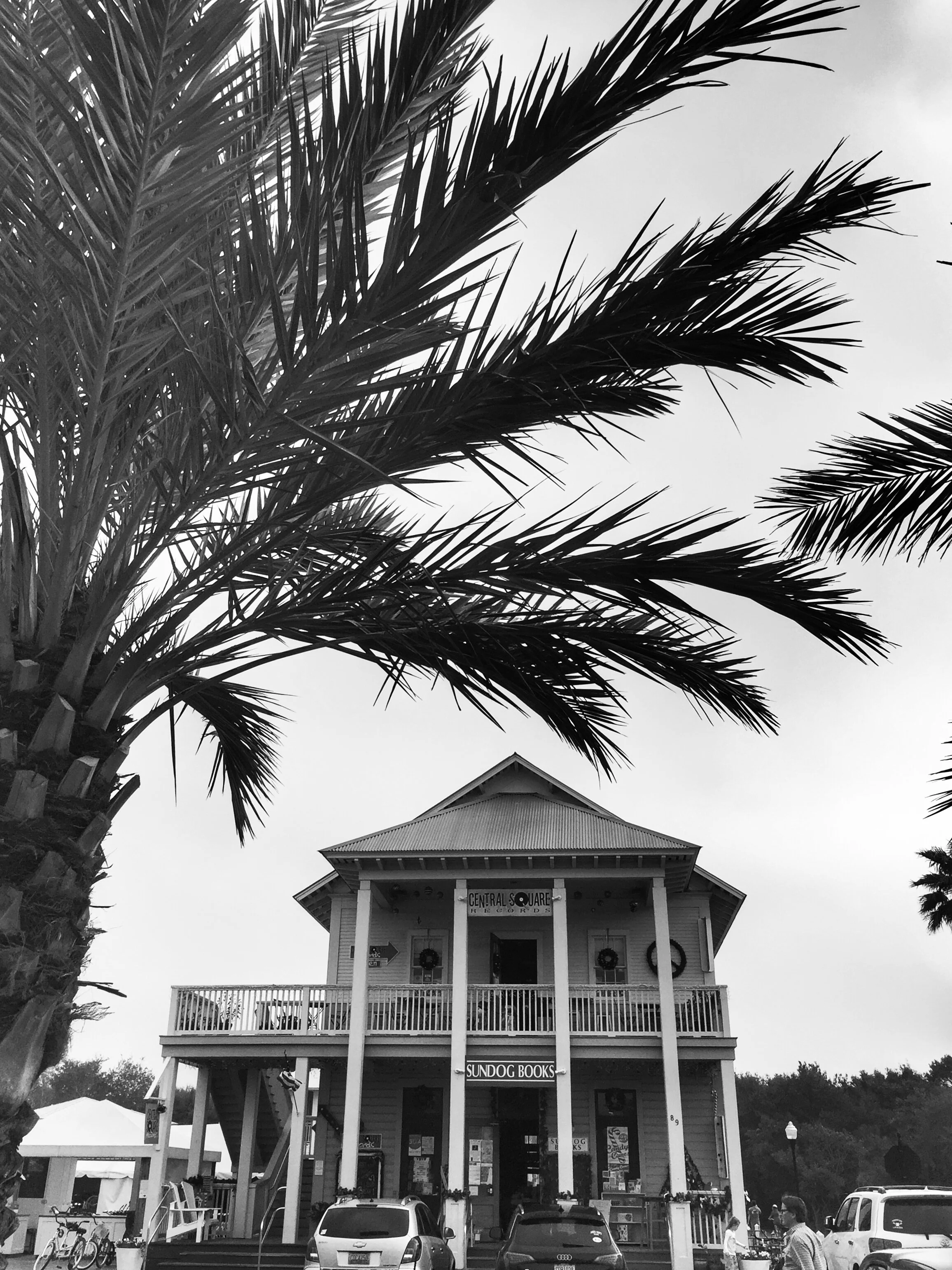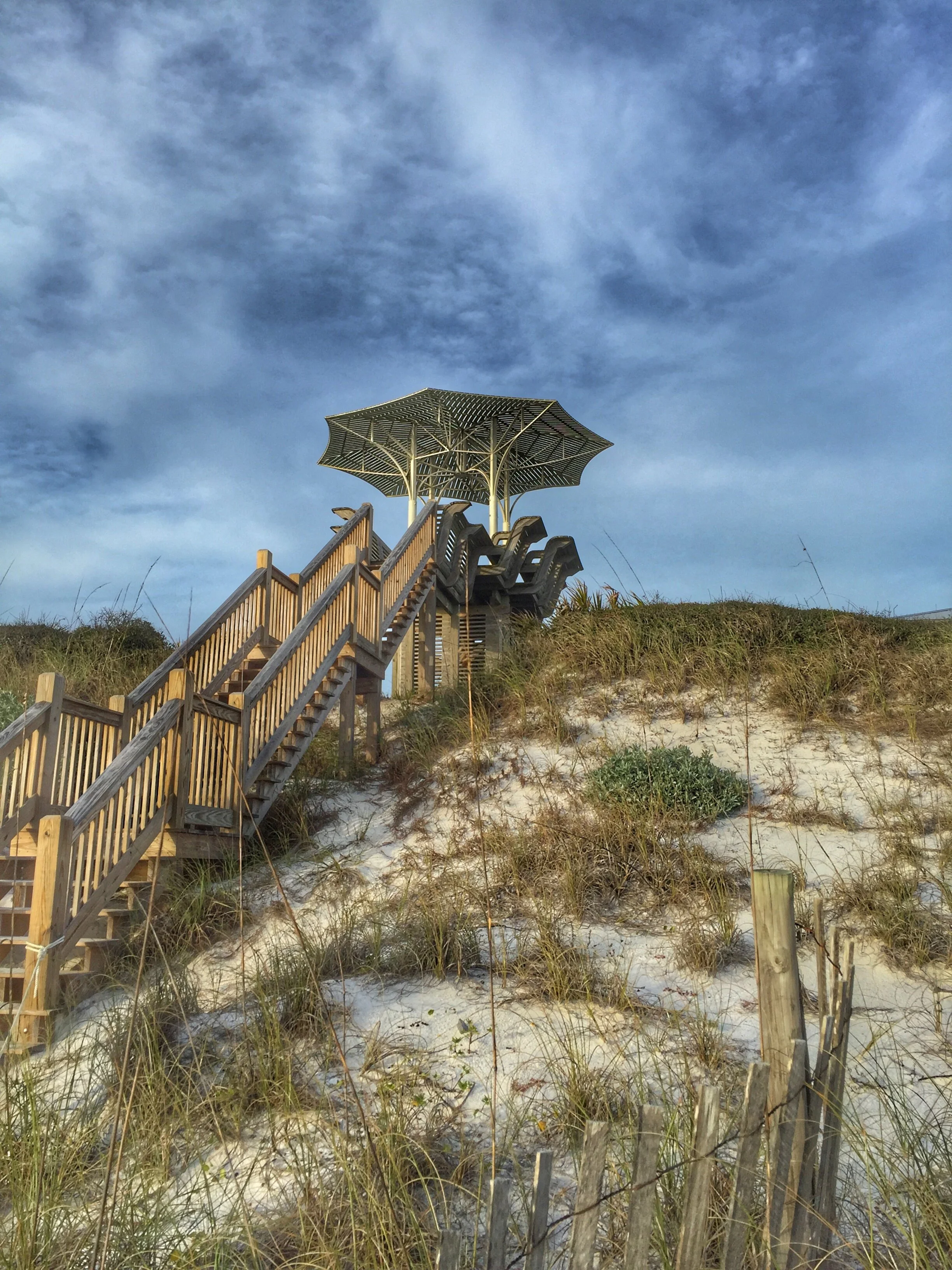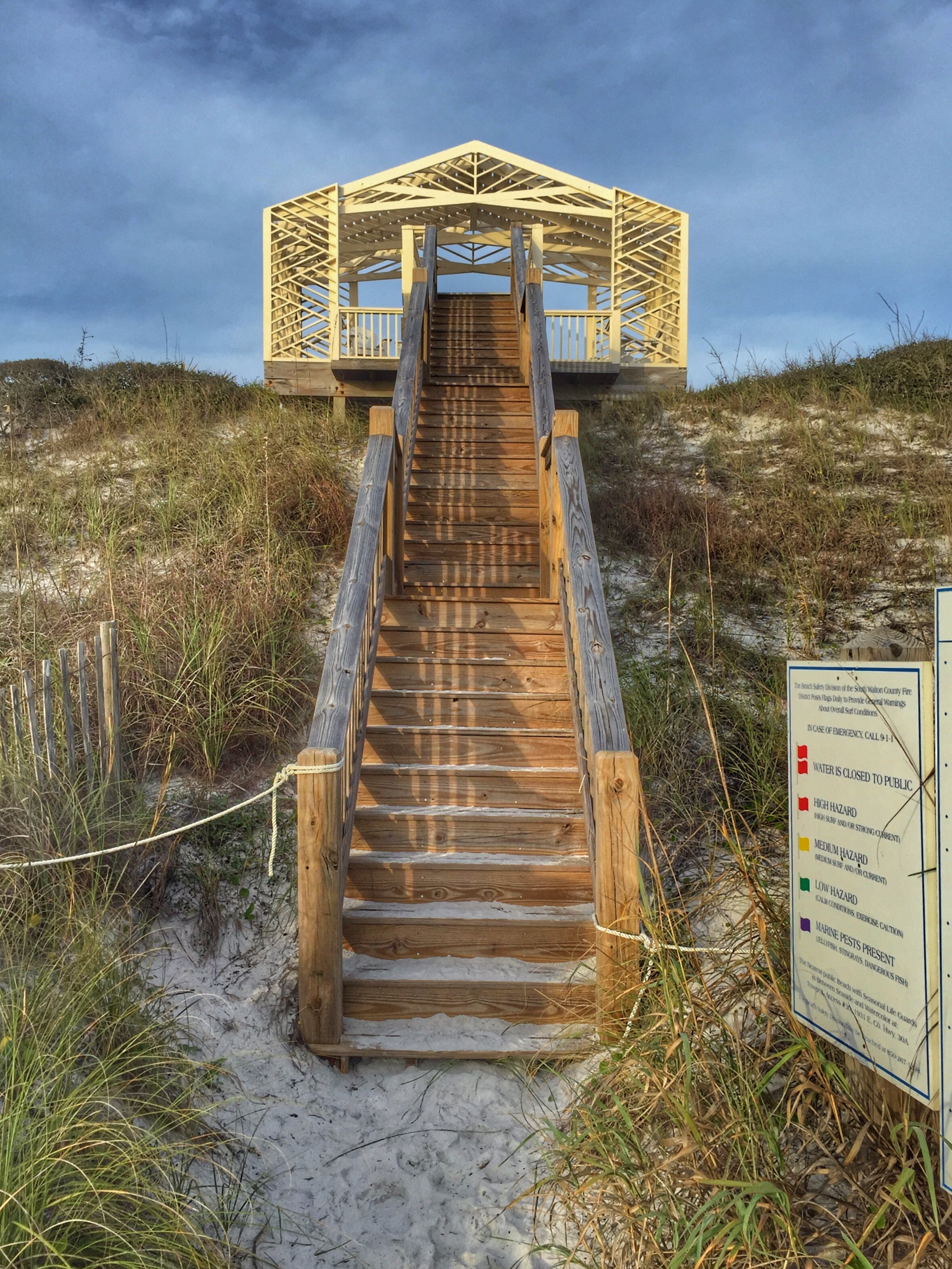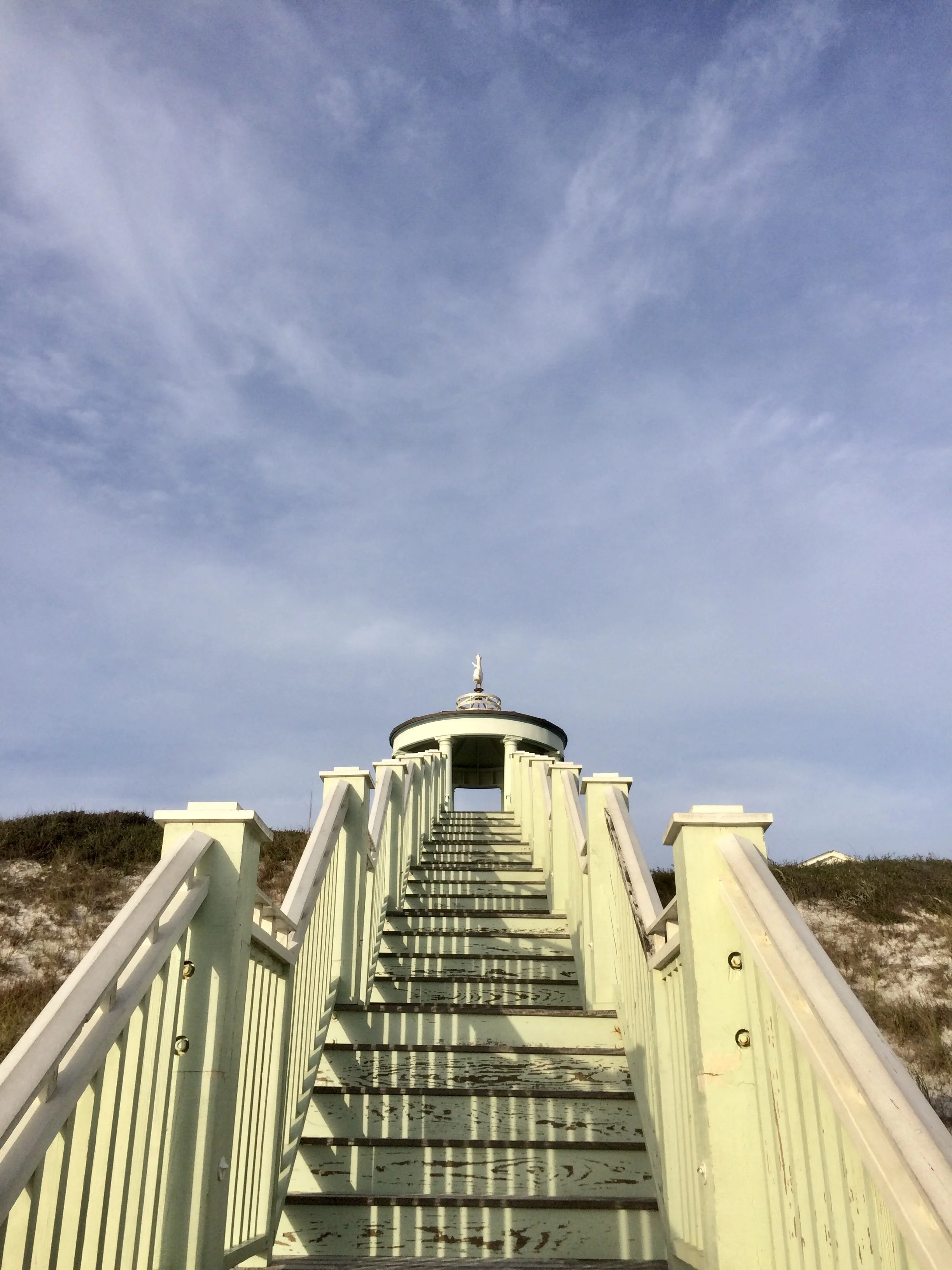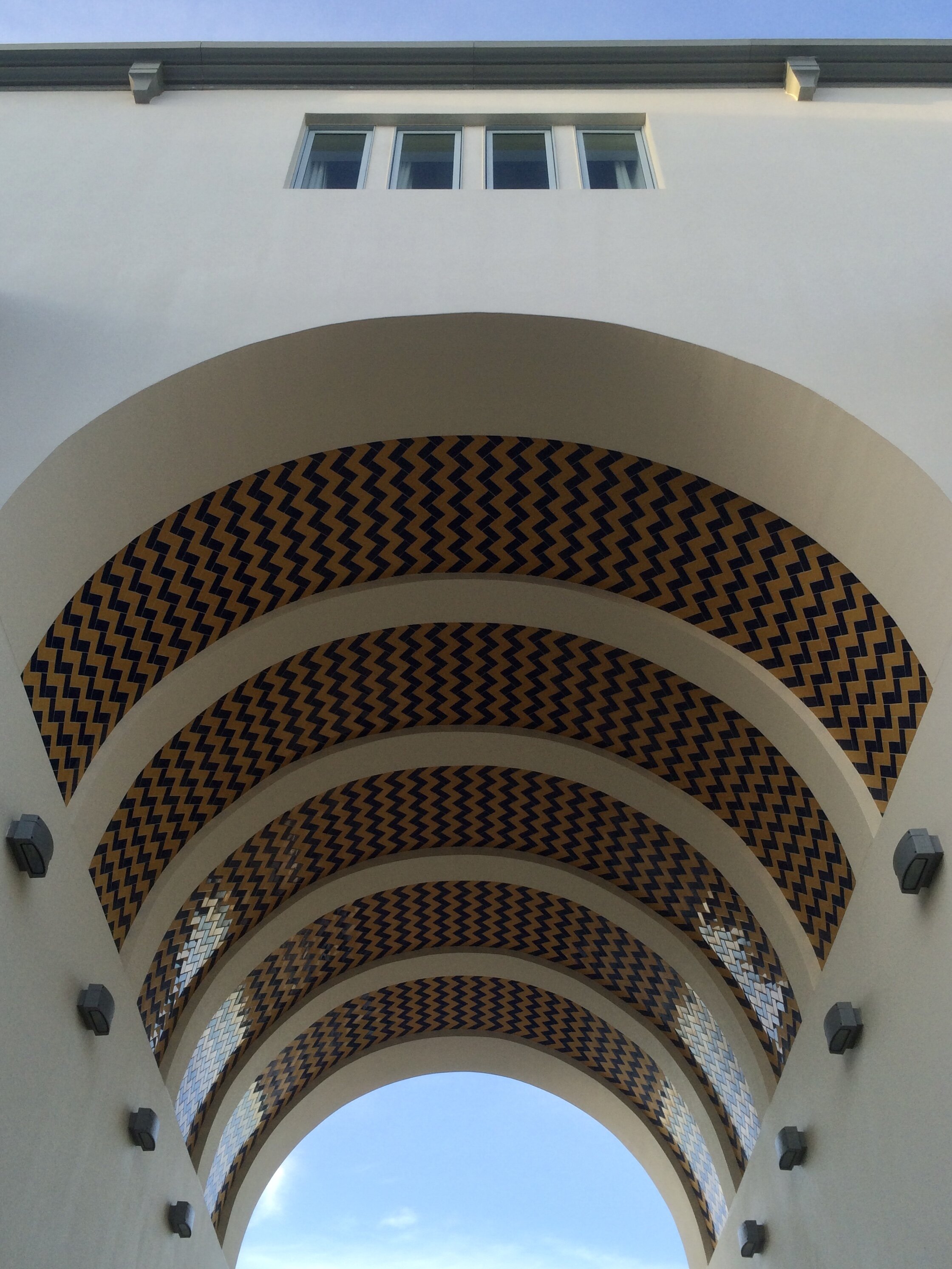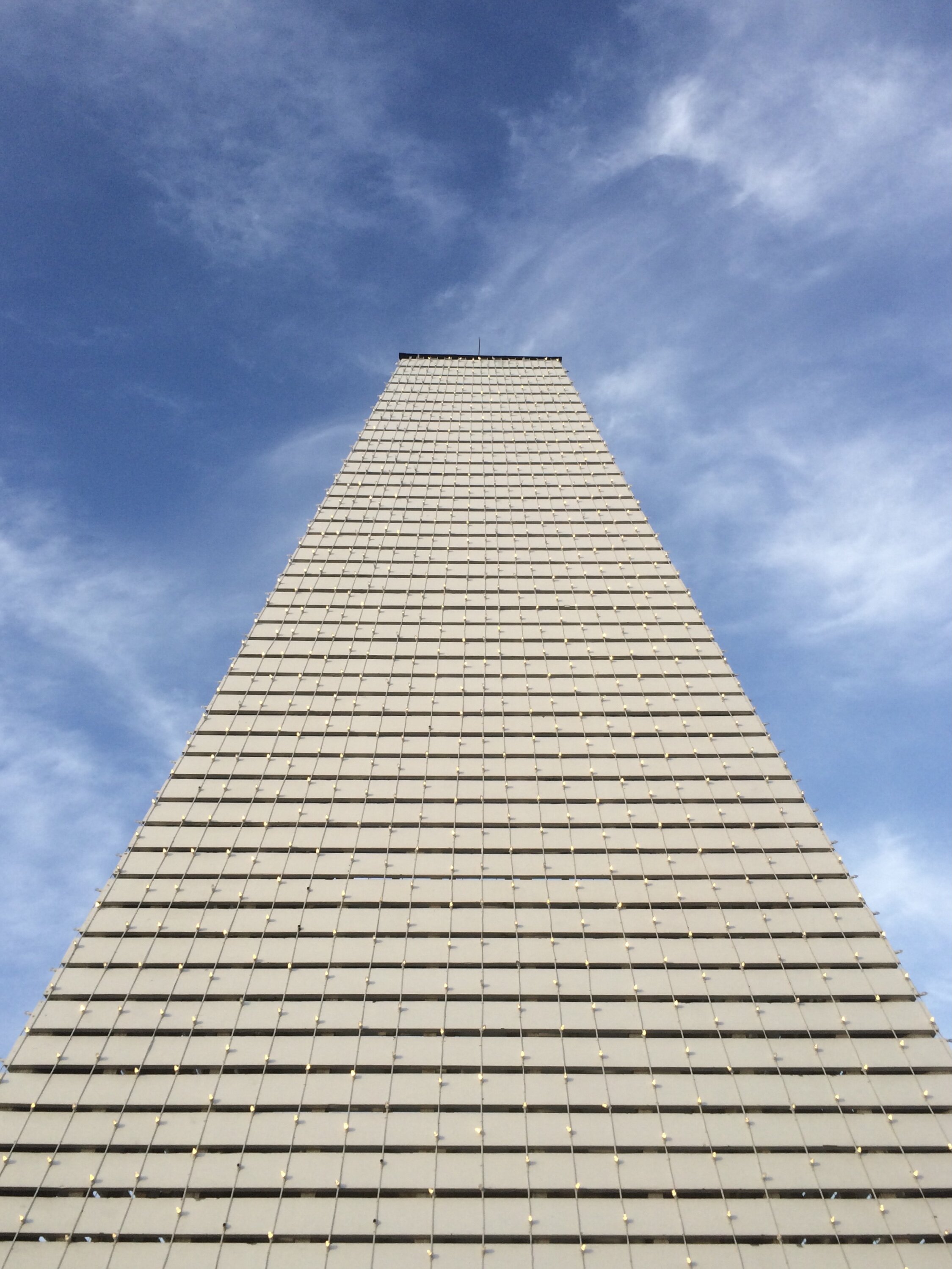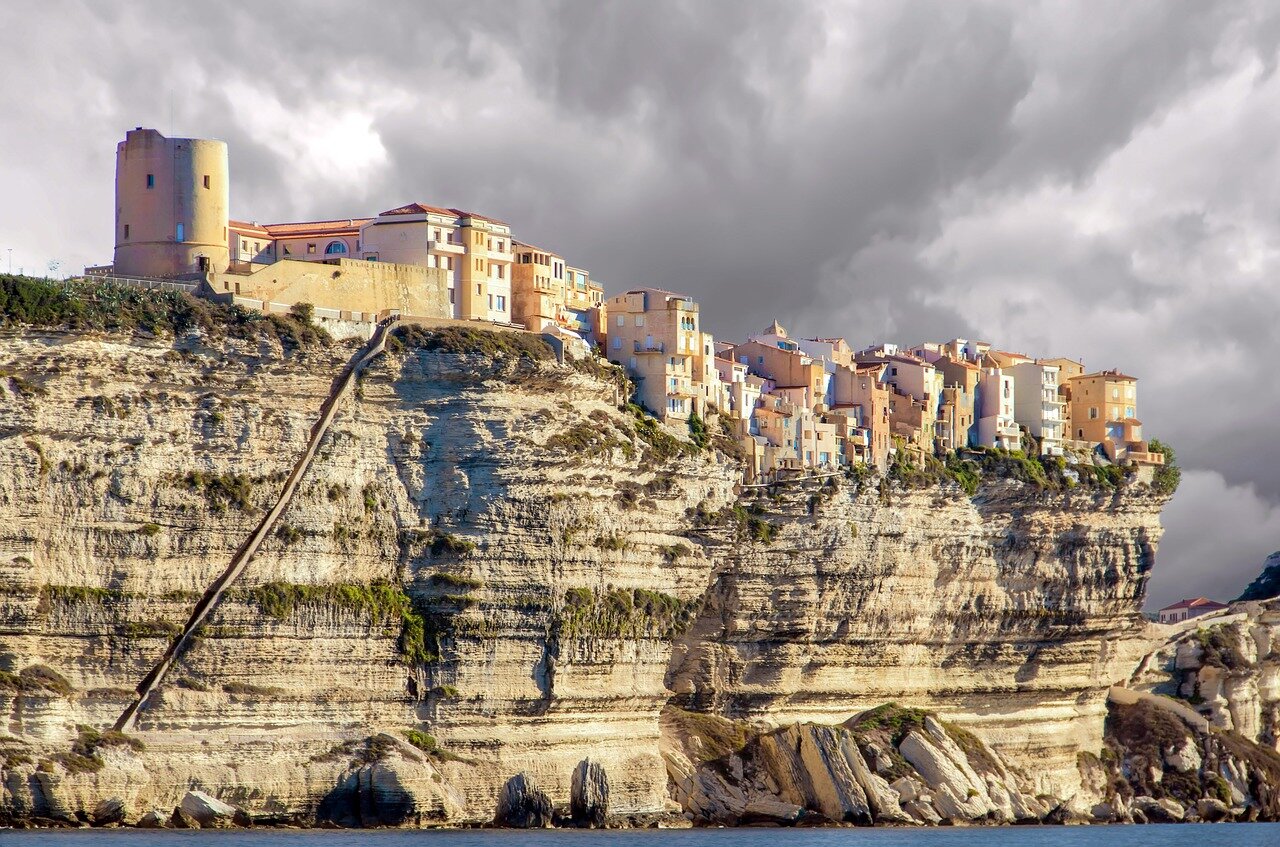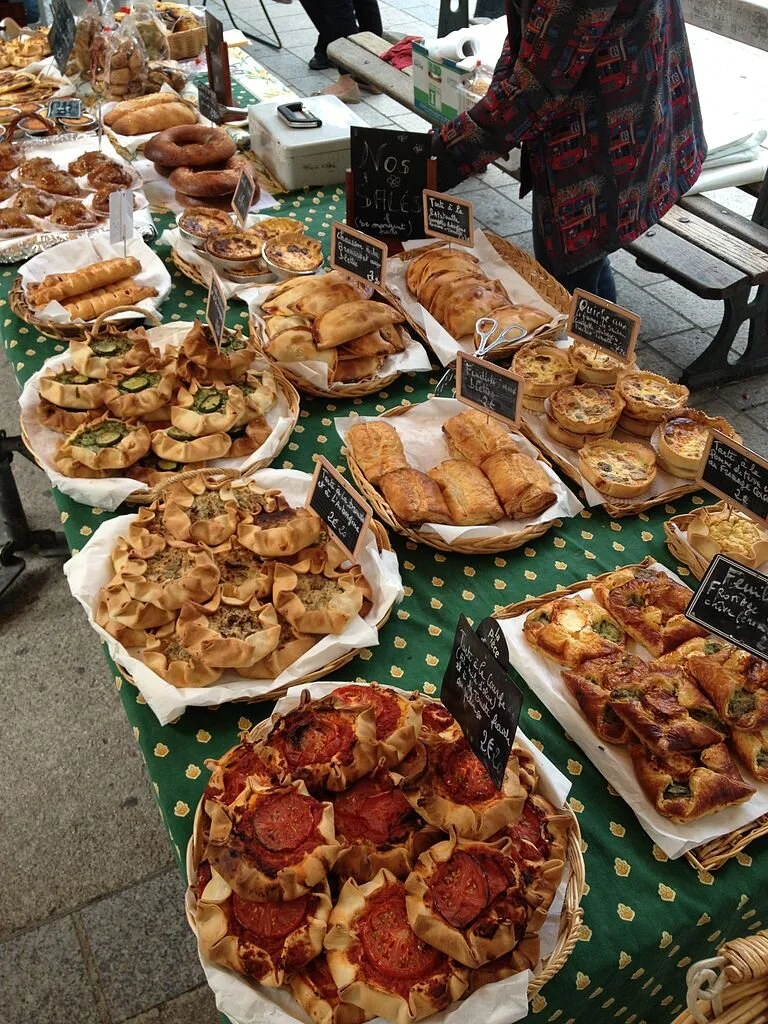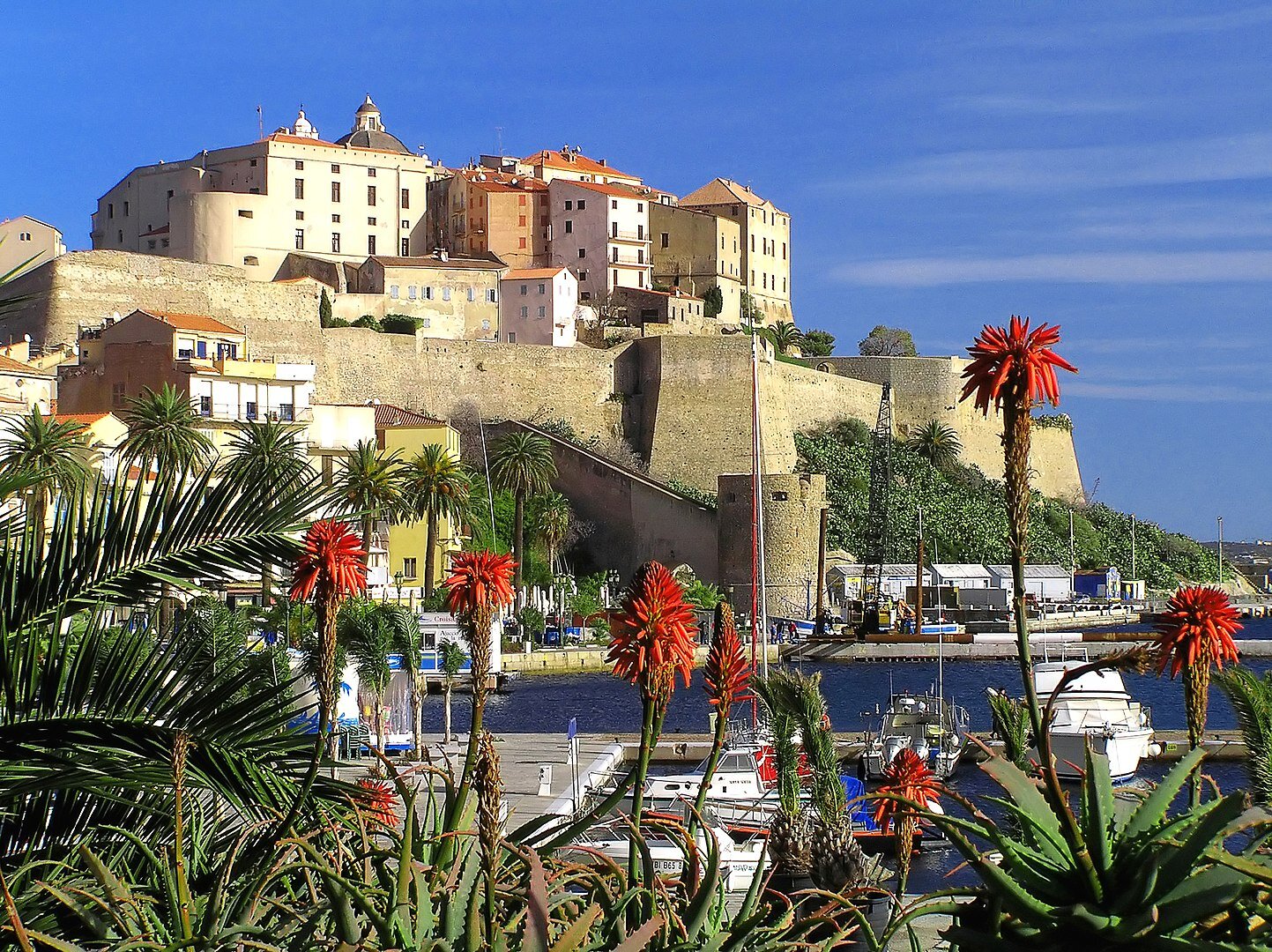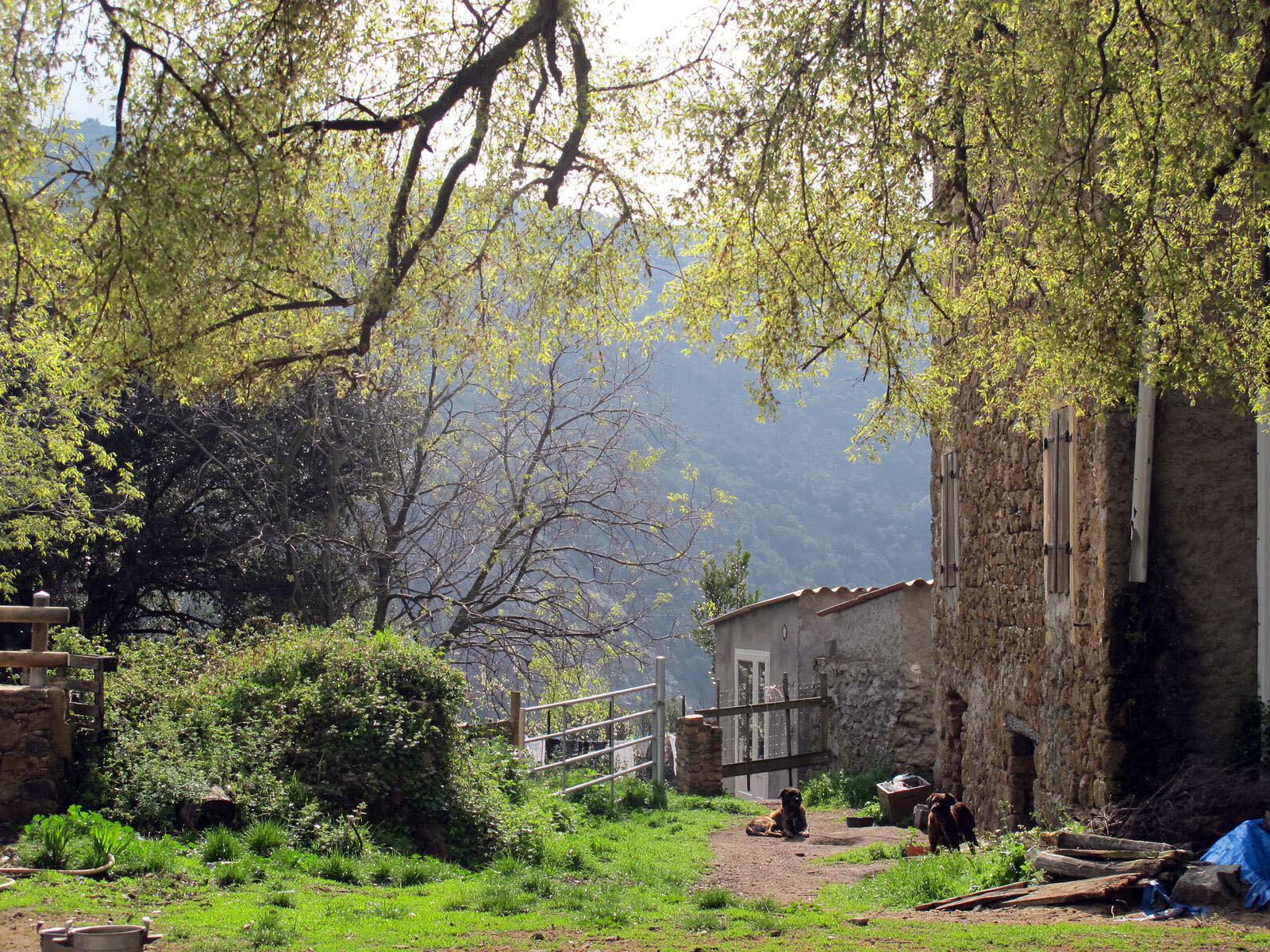Explore Tel Aviv’s top spots — Old Jaffa, Carmel Market, Tel Aviv Museum of Art and Rothschild Boulevard — in this two-day guide to Israel’s cultural capital.
Tel Aviv, Israel — where ancient history meets cutting-edge cool, and where the scent of falafel competes with the salty Mediterranean breeze. If you’ve only got 48 hours in Israel’s most vibrant city, buckle up. This is going to be a ride filled with beachside bliss, street art and enough hummus to make you consider a second stomach.
“With a mix of history, beach life and some of the best food on the planet, Tel Aviv delivers an unforgettable 48-hour adventure. ”
Day 1: Culture, Cuisine and Cocktails
Morning to Afternoon: Tel Aviv Walking Tour
Start your adventure with an extensive Tel Aviv walking tour because the best way to get to know a city is by pounding its pavements. Begin in Old Jaffa, the city’s ancient port, where cobbled alleys wind past centuries-old stone buildings, contemporary art galleries, and a view of the sea so stunning it might make you cancel your return flight.
Next stop: Carmel Market (Shuk HaCarmel) — a sensory overload of colors, smells and sounds. Here, you’ll sample Israel’s greatest hits: falafel so crispy it whispers sweet nothings as you bite in, silky hummus that could convert the most devout carnivore, and juicy fruit that make you question why produce at home tastes like disappointment.
Wrap up the tour on Nachalat Binyamin, Tel Aviv’s artsy, free-spirited street. Think vibrant murals, handcrafted jewelry, and street performances that range from mesmerizing to what did I just watch?
Late Afternoon: Beach Bliss
You’ve walked, you’ve eaten, you’ve marveled at murals. It’s time to chill. Head to Frishman Beach or Gordon Beach, where the sand is soft, the sea is inviting, and the beach bars are more than happy to provide you with a cold Goldstar beer or a fruity cocktail. Whether you choose to dip in the water, stretch out on a lounger, or just people-watch the absurdly fit Tel Avivians, this is your moment to relax.
Evening: Rothschild Boulevard and Nightlife Adventures
As the sun sets, it’s time to dress up (or at least put on your best linen shirt) and hit Rothschild Boulevard. This tree-lined stretch is Tel Aviv’s nightlife heart, packed with buzzing bars, sleek restaurants and cocktail joints that take mixology very seriously. Start at Bellboy, a speakeasy-style bar where drinks come with a side of theatrical flair. Hungry? Grab dinner at one of the city’s contemporary restaurants before diving headfirst into Tel Aviv’s legendary nightlife, where the party doesn’t stop until the sun threatens to rise again.
Day 2: Art, Markets and Mediterranean Magic
Morning: Sunrise Stroll and Coffee With a View
The Mediterranean is at its best in the morning — peaceful, golden, and just begging for an early walk or bike ride along the Tel Aviv Promenade (Tayelet). Join the locals for a jog (or let’s be real, sip coffee while watching them jog). Grab a strong Israeli espresso or a cafe hafuch (Israel’s answer to a cappuccino) at a beachside café — and let the sea breeze work its magic.
Late Morning: Tel Aviv Museum of Art
After basking in nature’s masterpiece, head to one of Tel Aviv’s actual masterpieces: the Tel Aviv Museum of Art. A haven for art lovers, it showcases Israeli and international works in a stunningly modern building. Bonus: It’s also an excellent excuse to escape the midday heat.
Lunch: The Bohemian Beauty of Neve Tzedek
Wander over to Neve Tzedek, Tel Aviv’s most picturesque neighborhood. Think charming boutiques, cute cafés and Instagrammable corners at every turn. Stop at Suzana, where the Mediterranean and Israeli flavors come together in a beautiful dance of fresh ingredients, fragrant spices, and just the right amount of tahini drizzle.
Afternoon: Treasure Hunting in Jaffa Flea Market
Jump in a taxi and head to Jaffa’s Flea Market (Shuk Hapishpeshim), a mix of vintage finds, quirky souvenirs, and stalls filled with everything from antique trinkets to trendy clothing. Bargaining is expected, so channel your inner haggler and walk away with a one-of-a-kind keepsake.
Evening: Sunset at Namal Tel Aviv
End your whirlwind 48 hours with dinner by the sea at Namal Tel Aviv, the city’s revamped port district. Picture lively restaurants, sunset views, and fresh Mediterranean seafood that tastes like it was caught five minutes ago.
Extra Tips for Your Tel Aviv Adventure
Getting Around: The city is incredibly walkable, but electric scooters and bikes make zipping around even easier.
Best Time to Visit: March through May and September to November offer perfect weather — hot enough for the beach, but not melt-into-the-sidewalk hot.
Local Vibe: Tel Avivians are friendly, chatty, and not big on personal space — expect warm interactions and lots of hand gestures.
With a mix of history, beach life and some of the best food on the planet, Tel Aviv delivers an unforgettable 48-hour adventure. Whether you’re haggling in Jaffa, sipping cocktails on Rothschild, or simply staring at the Mediterranean in pure bliss, one thing’s for sure — this city knows how to make an impression. –Lucy Roberts
























